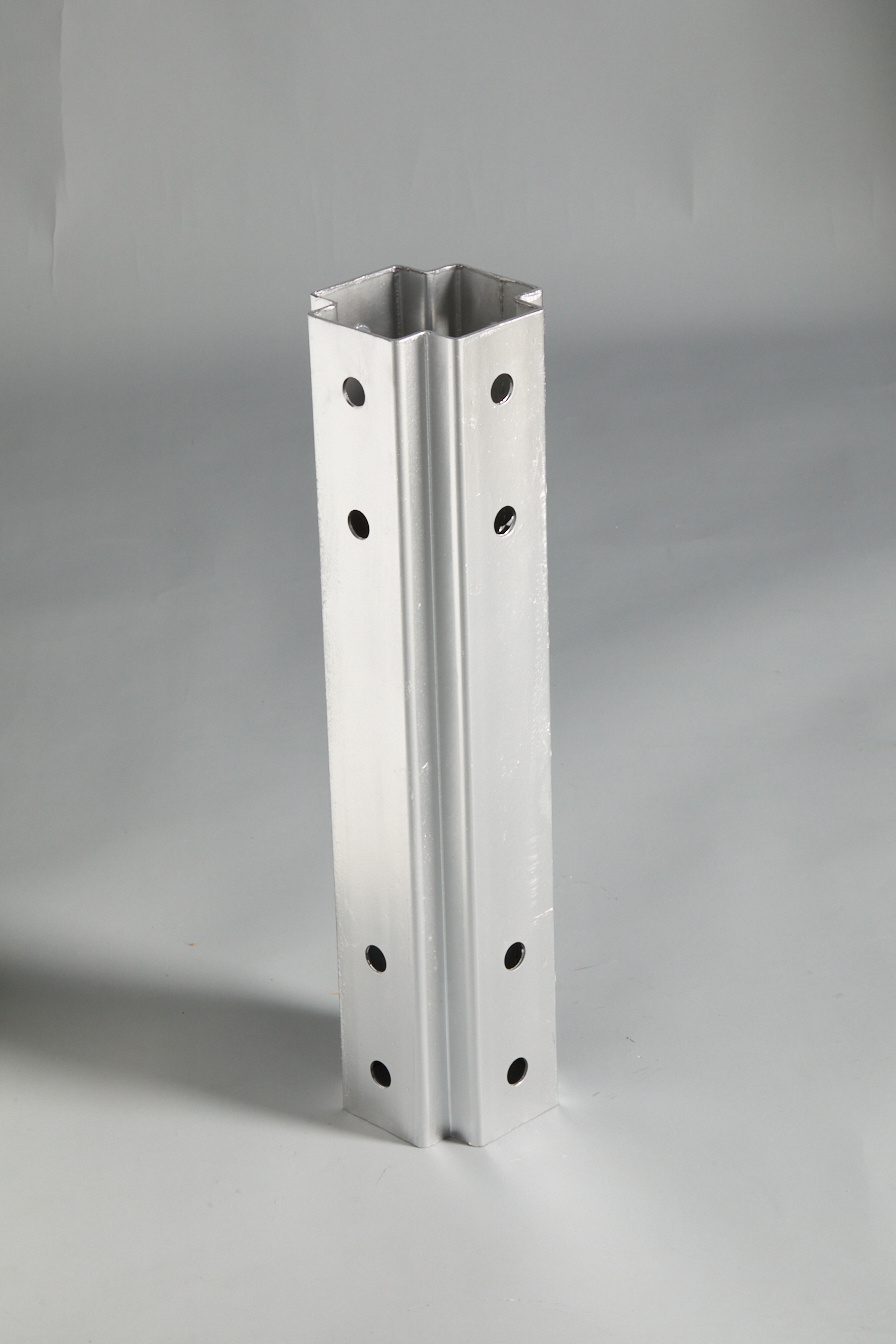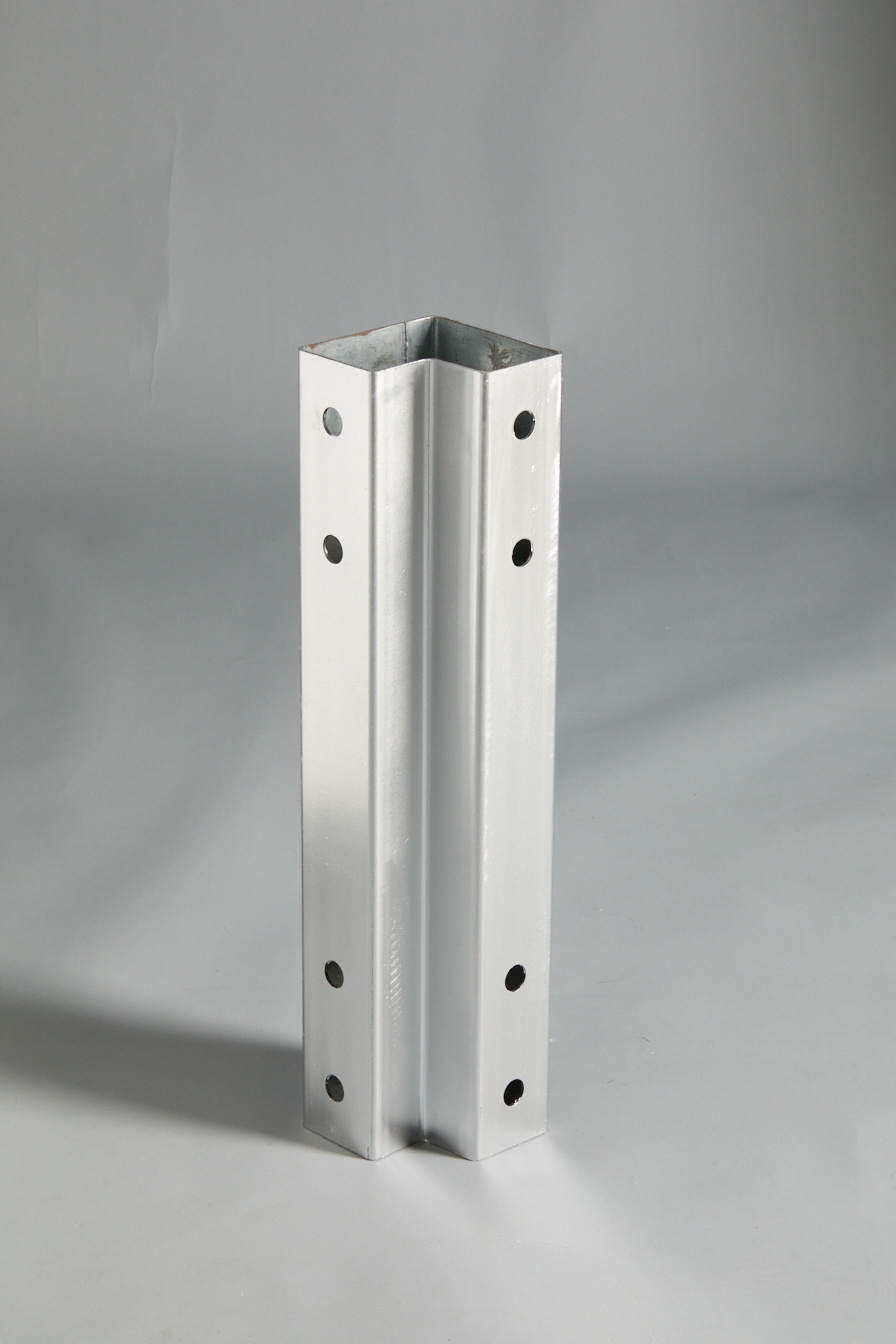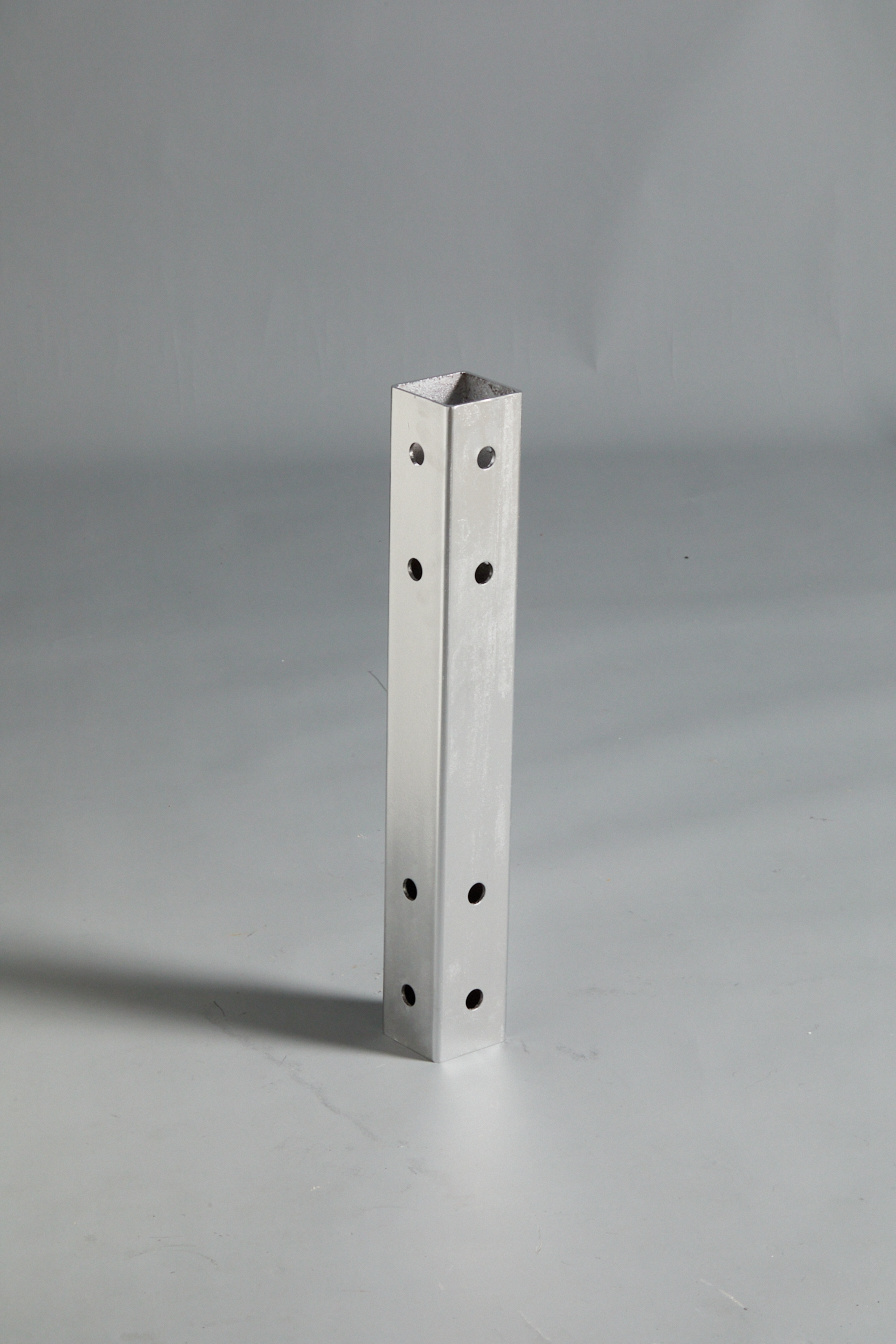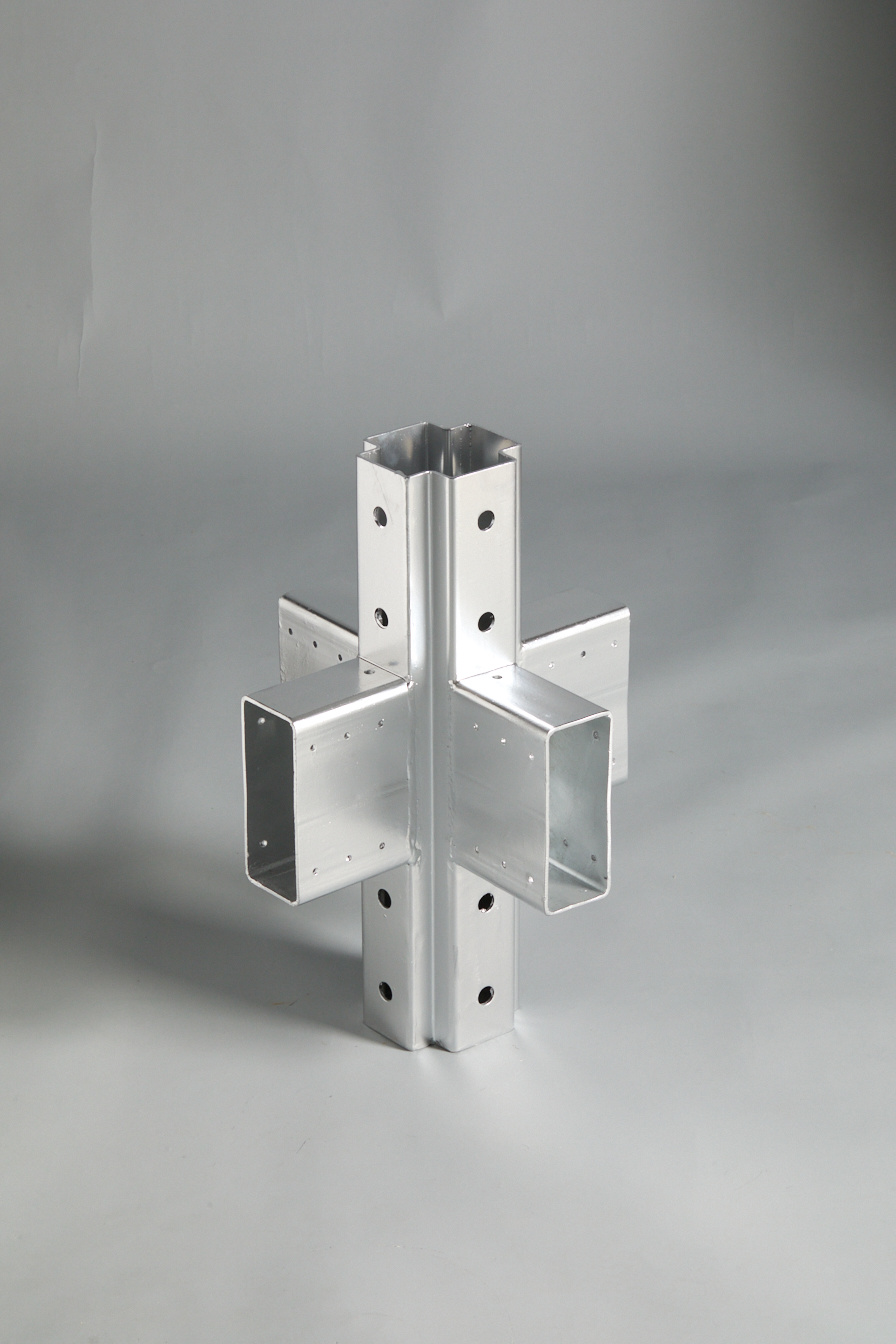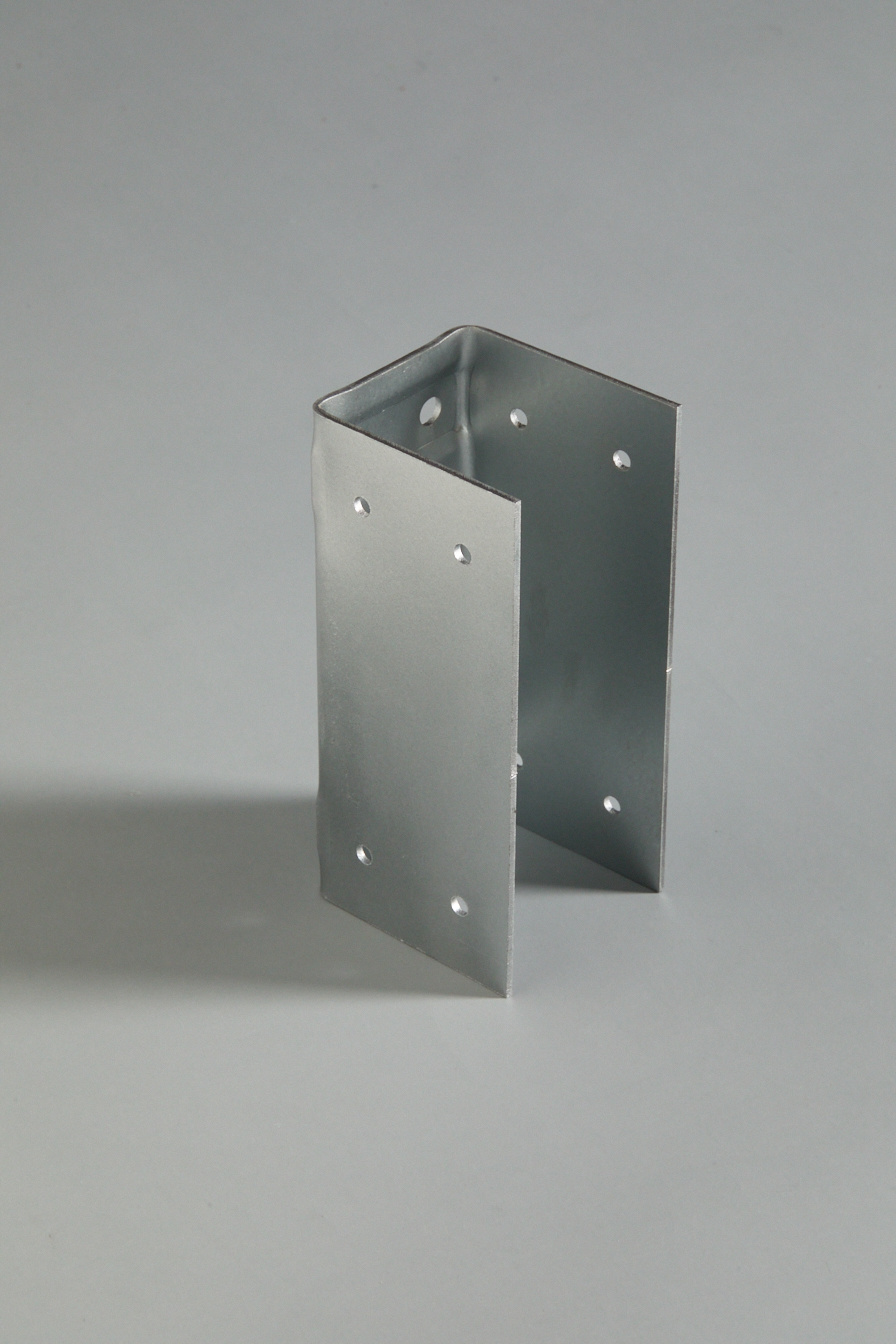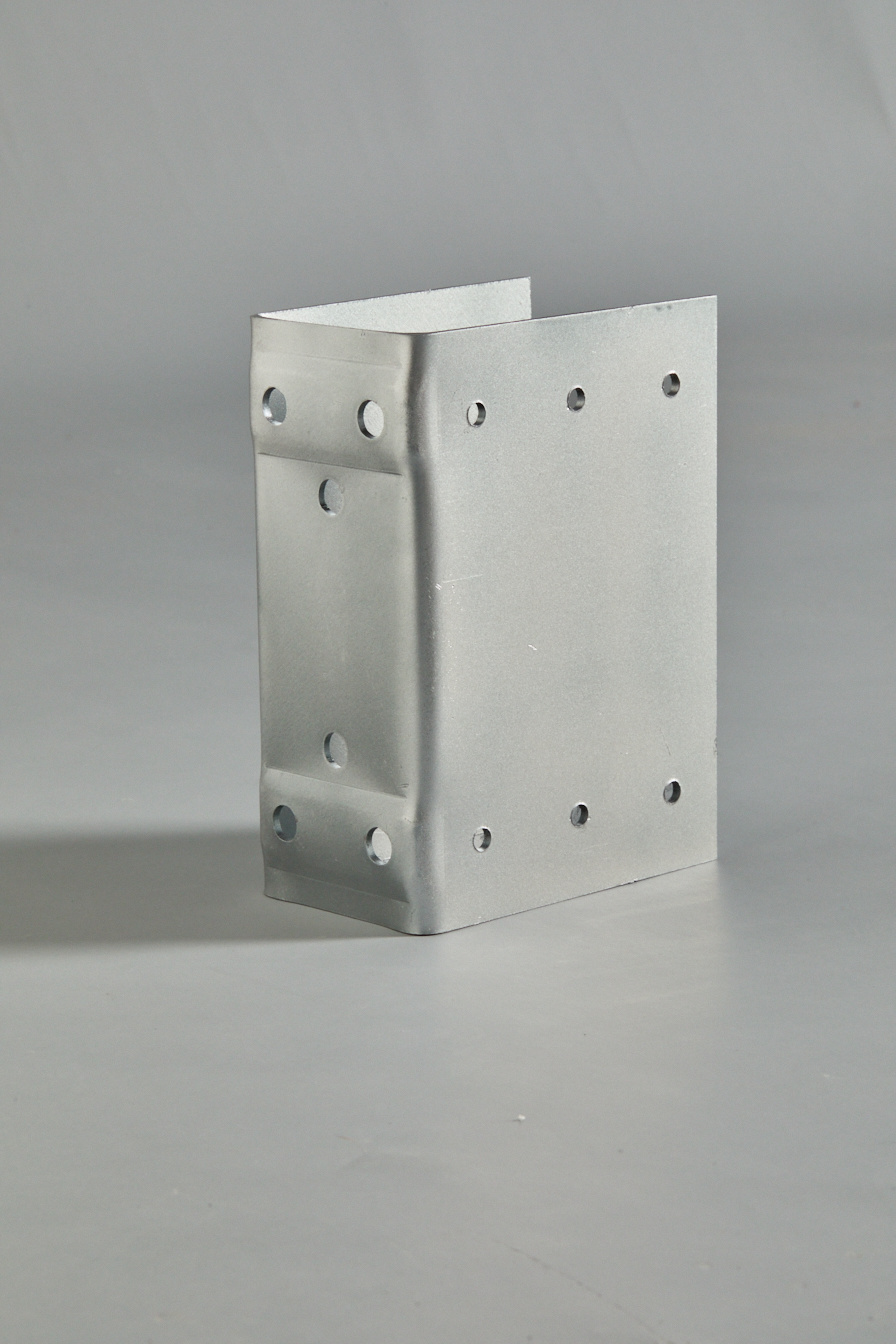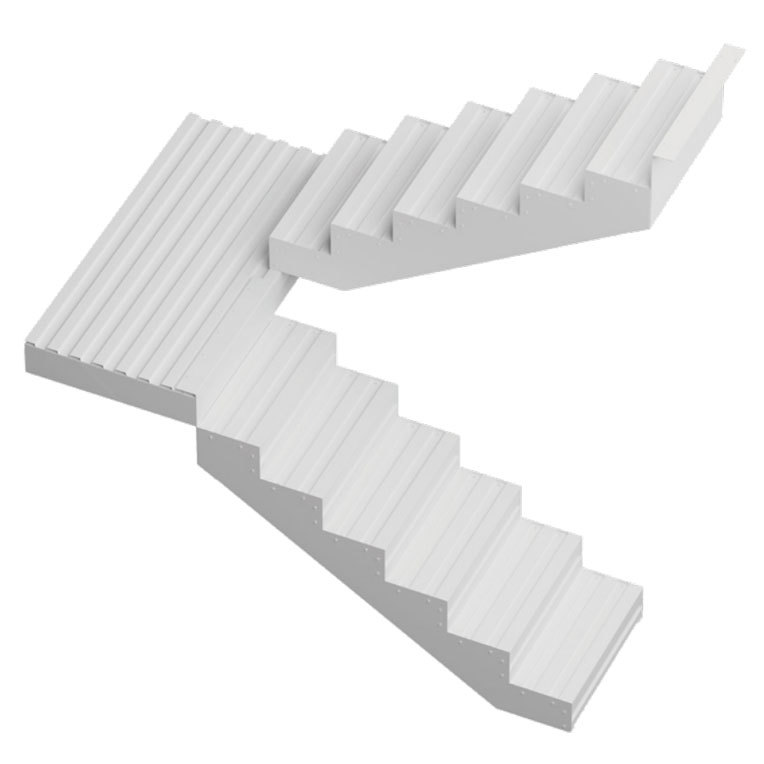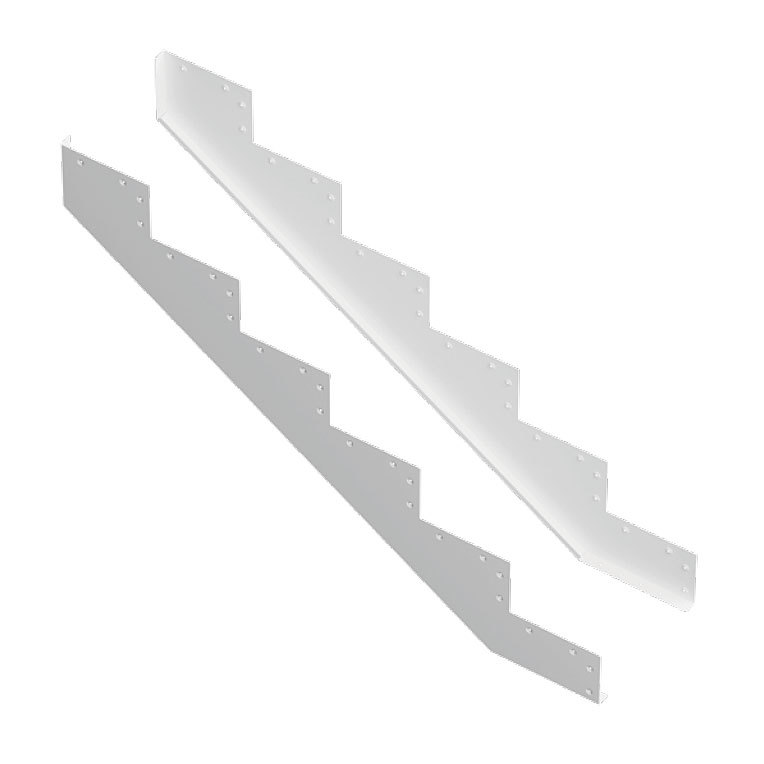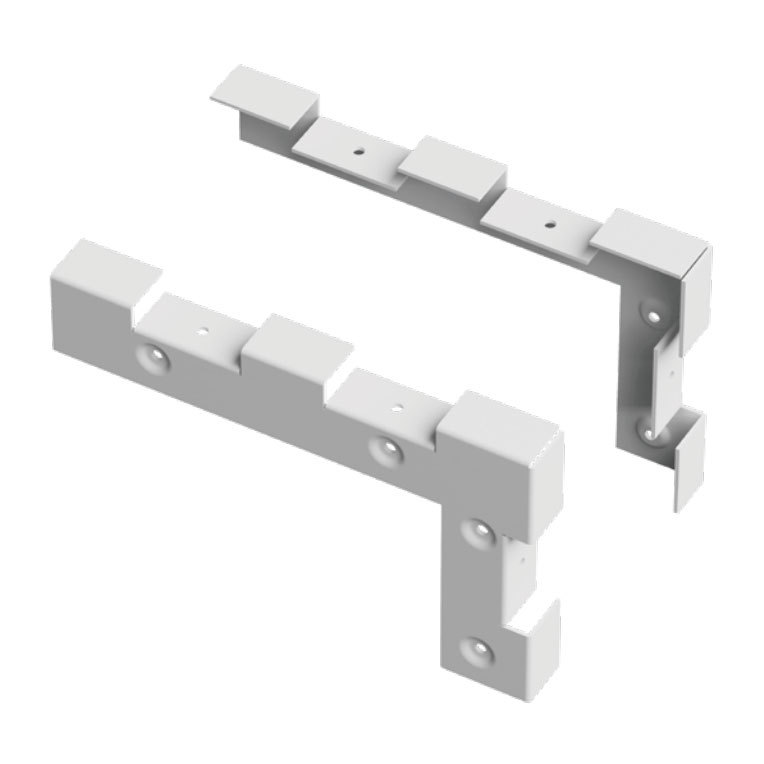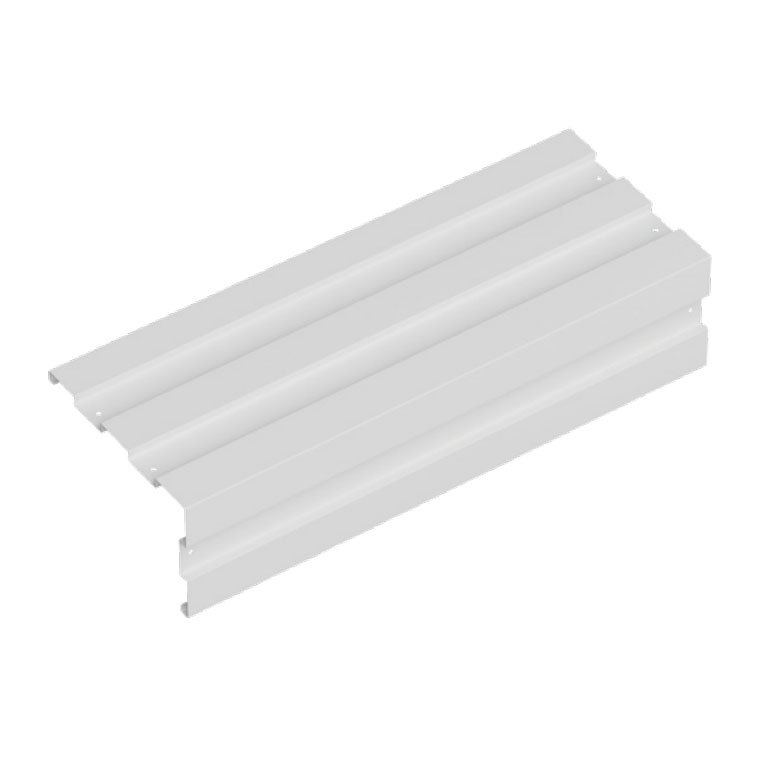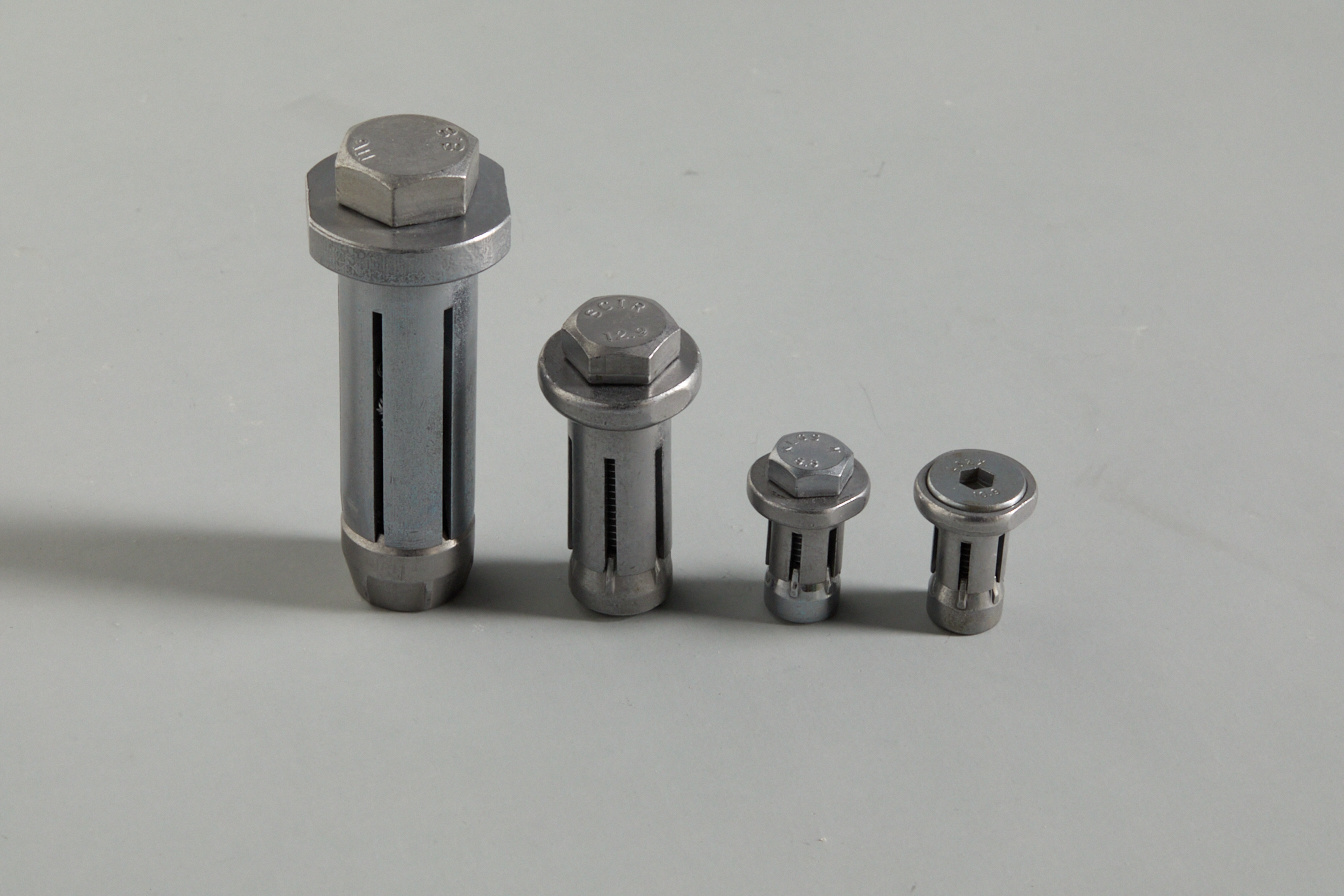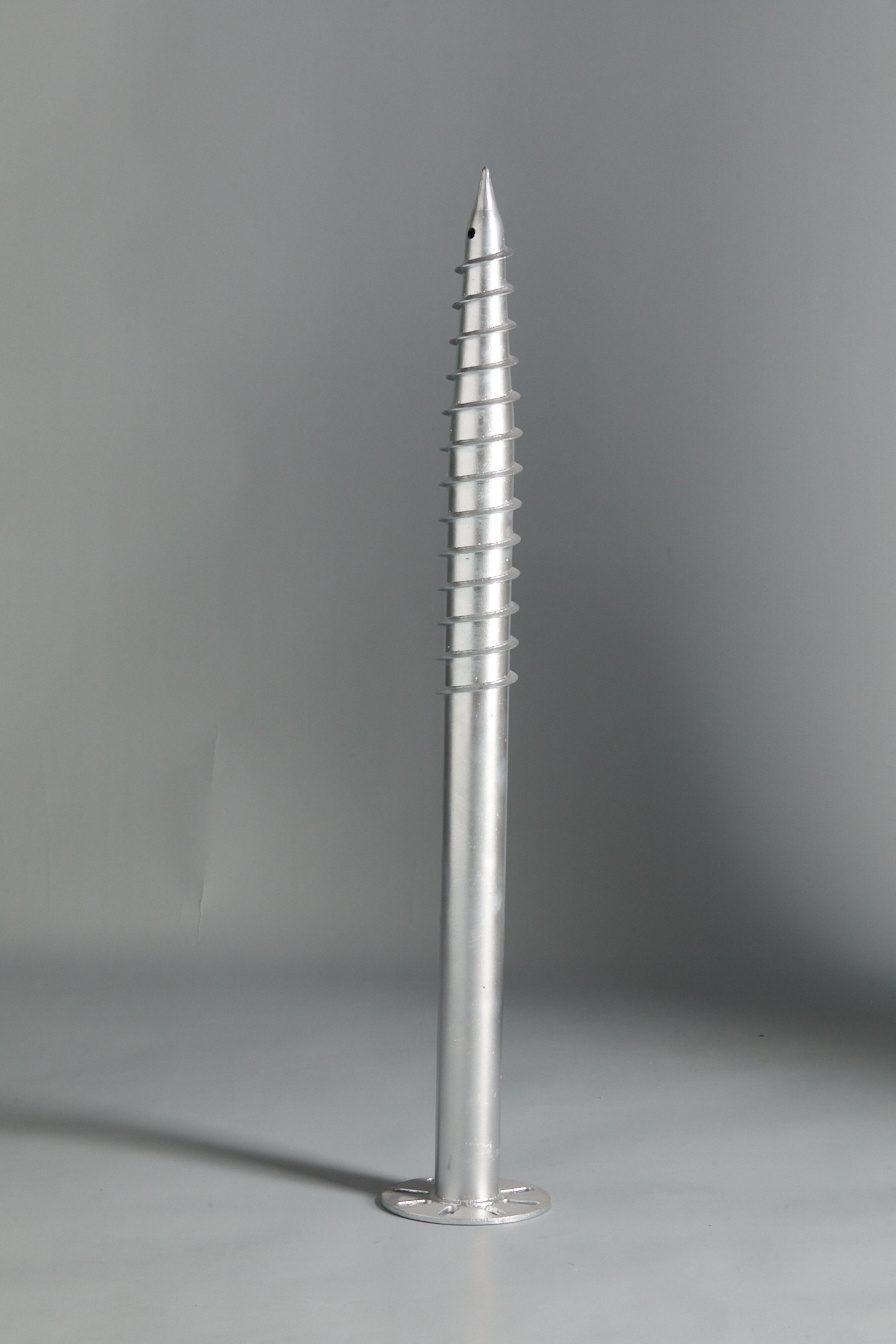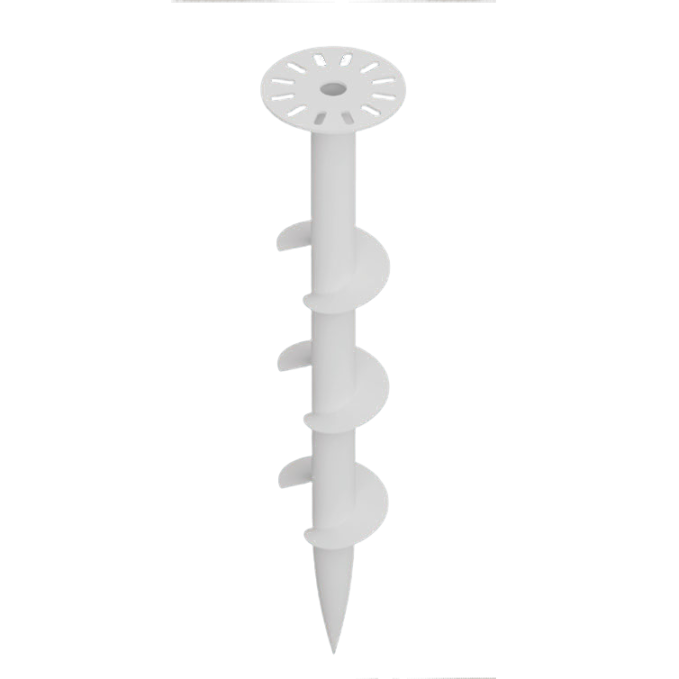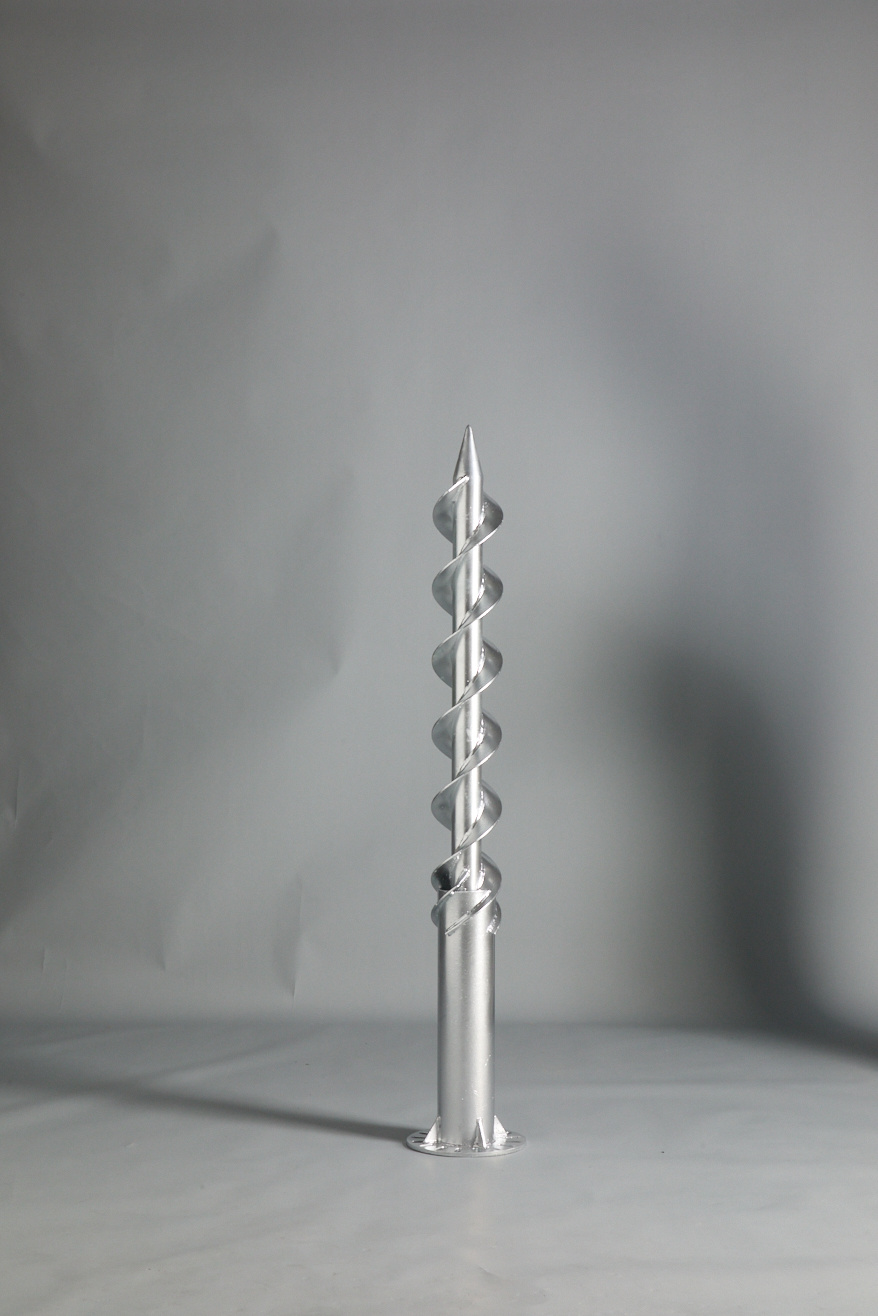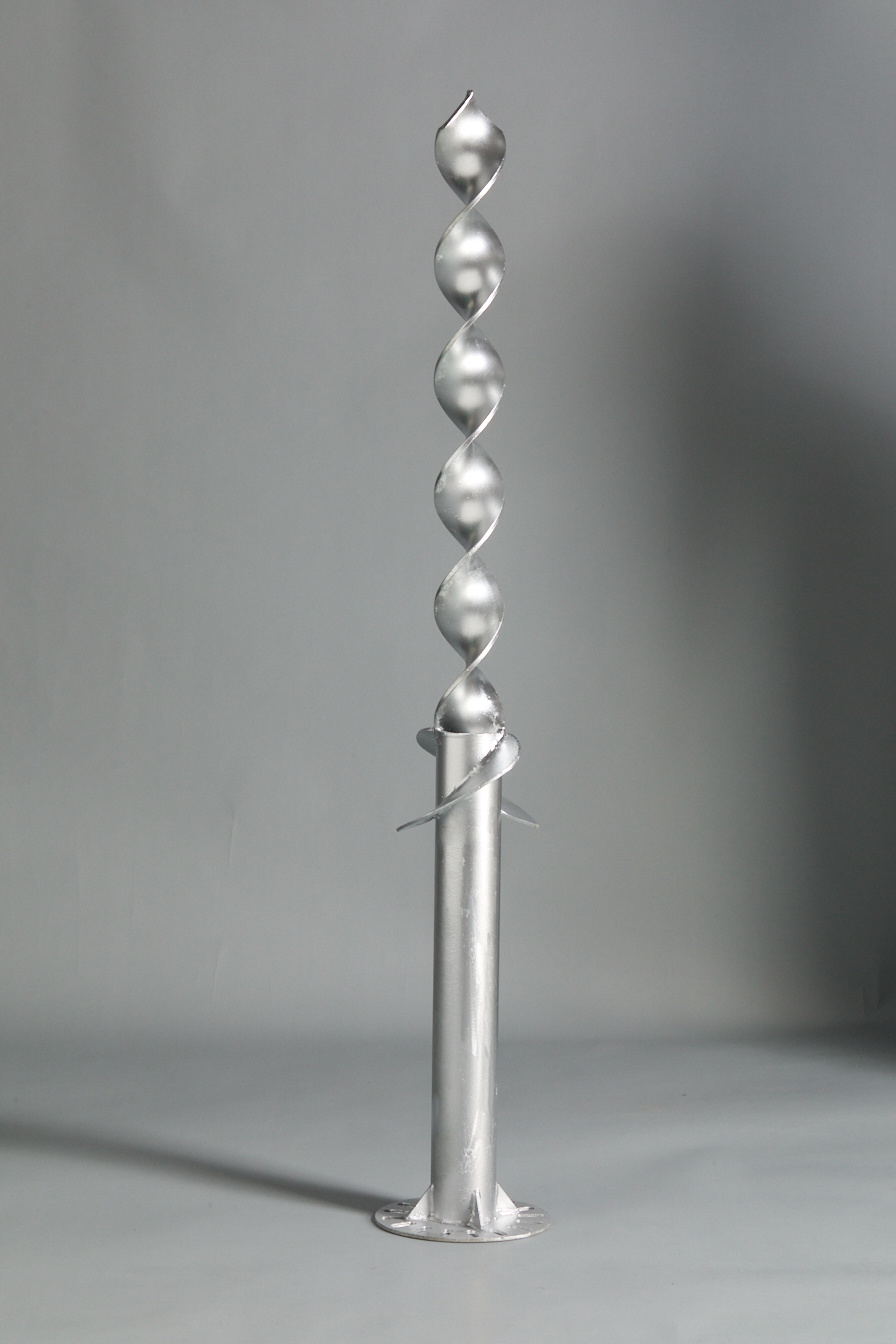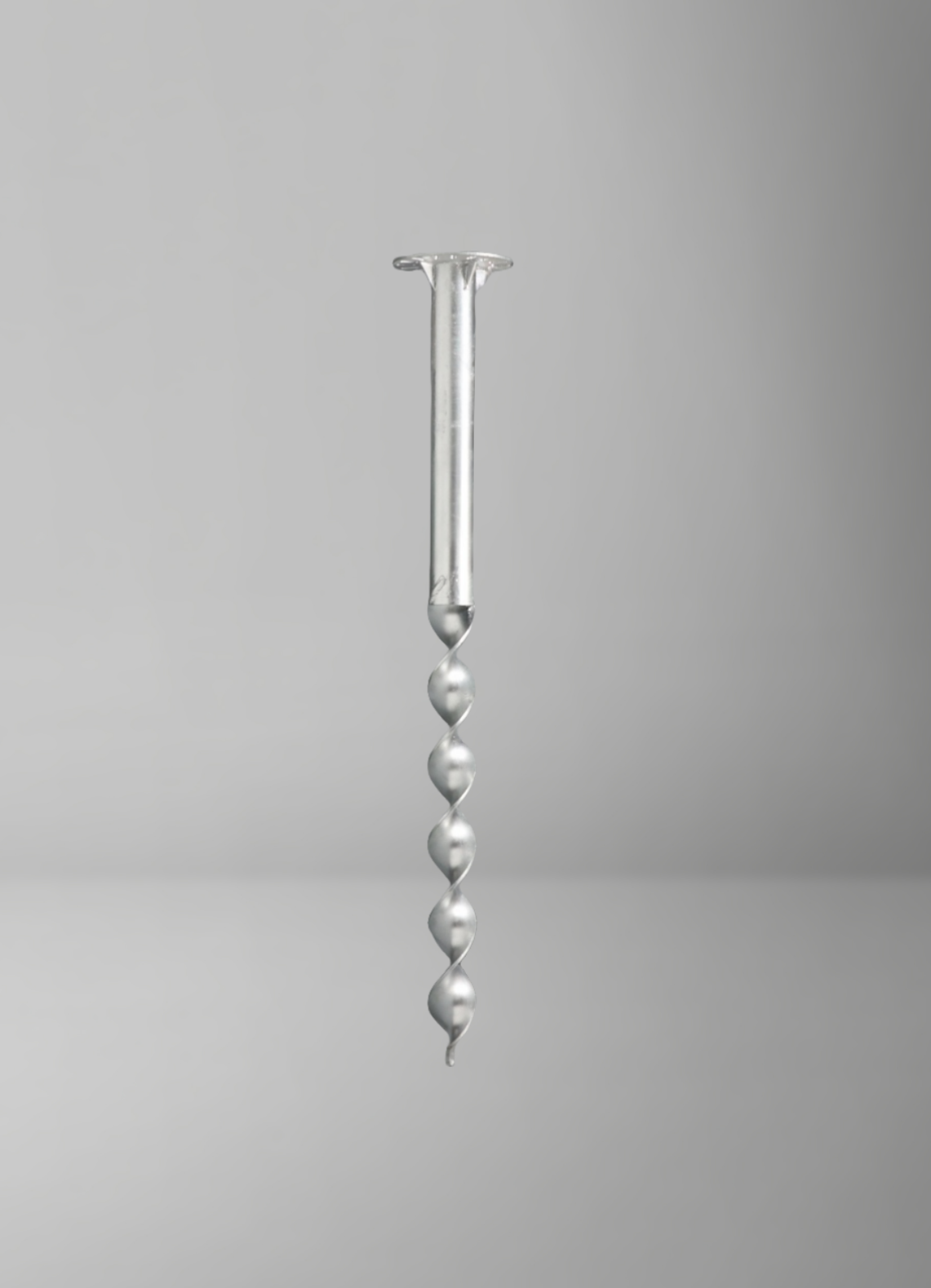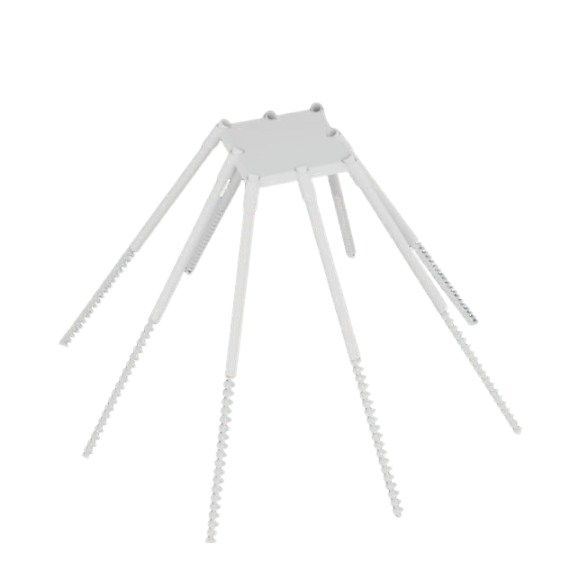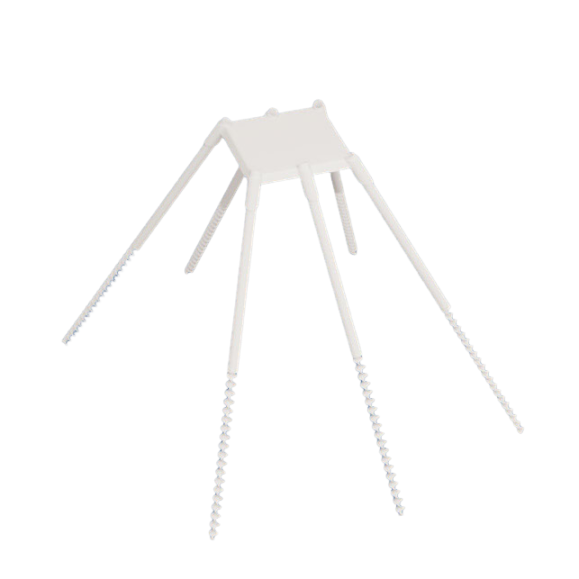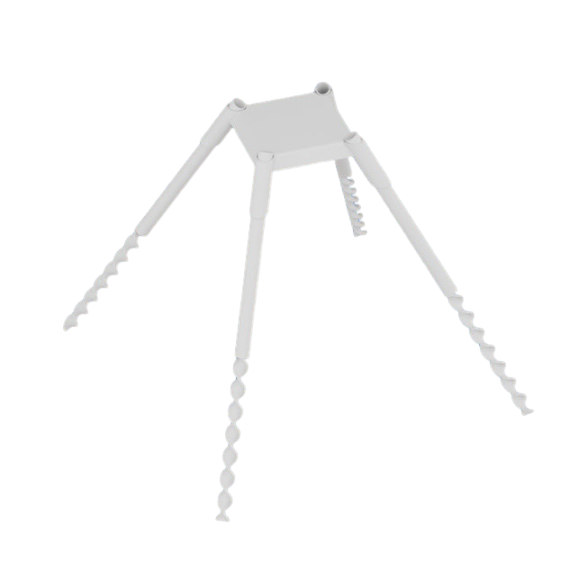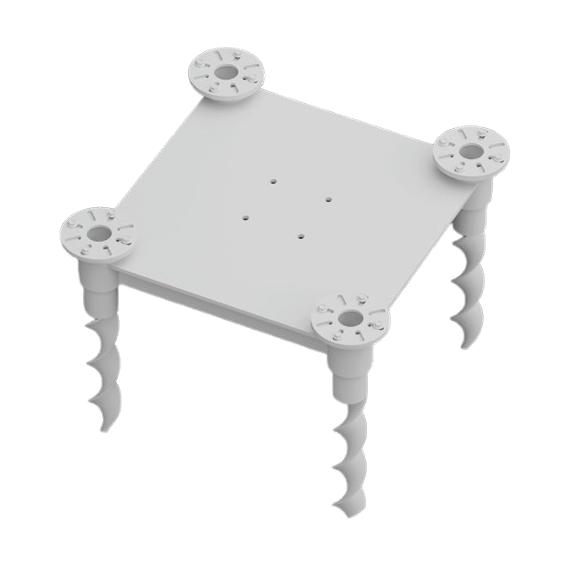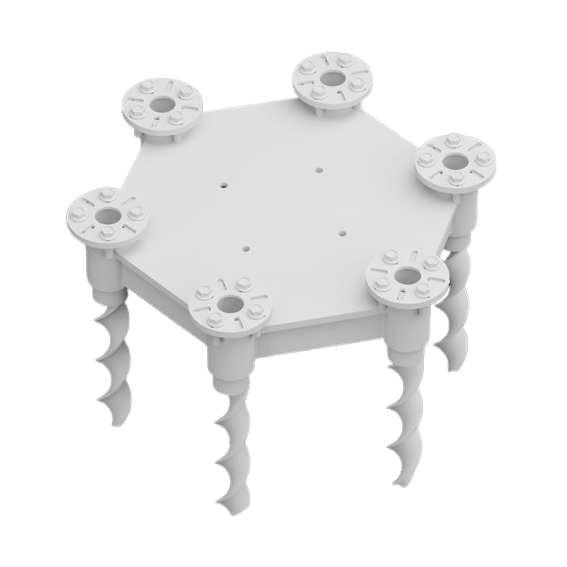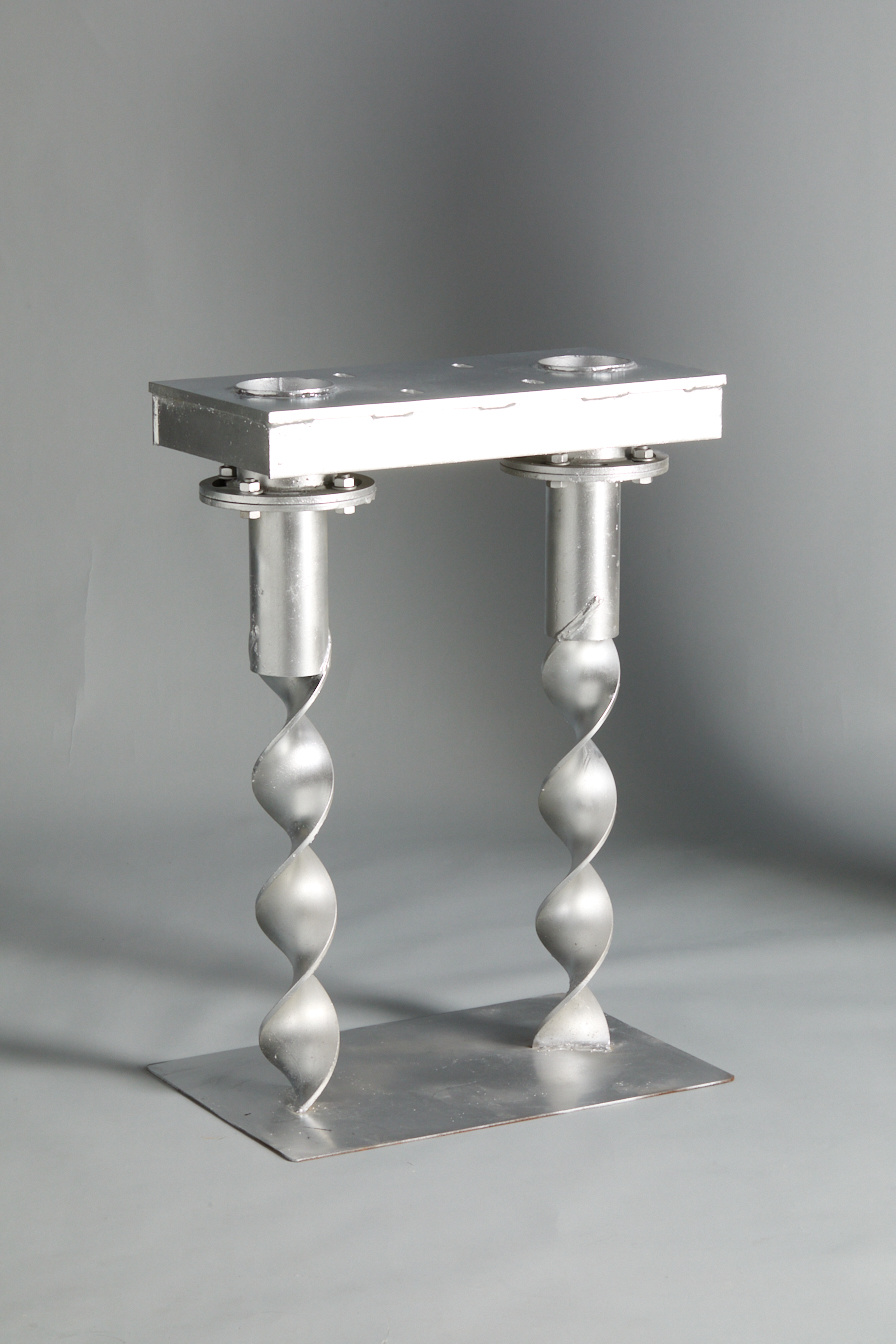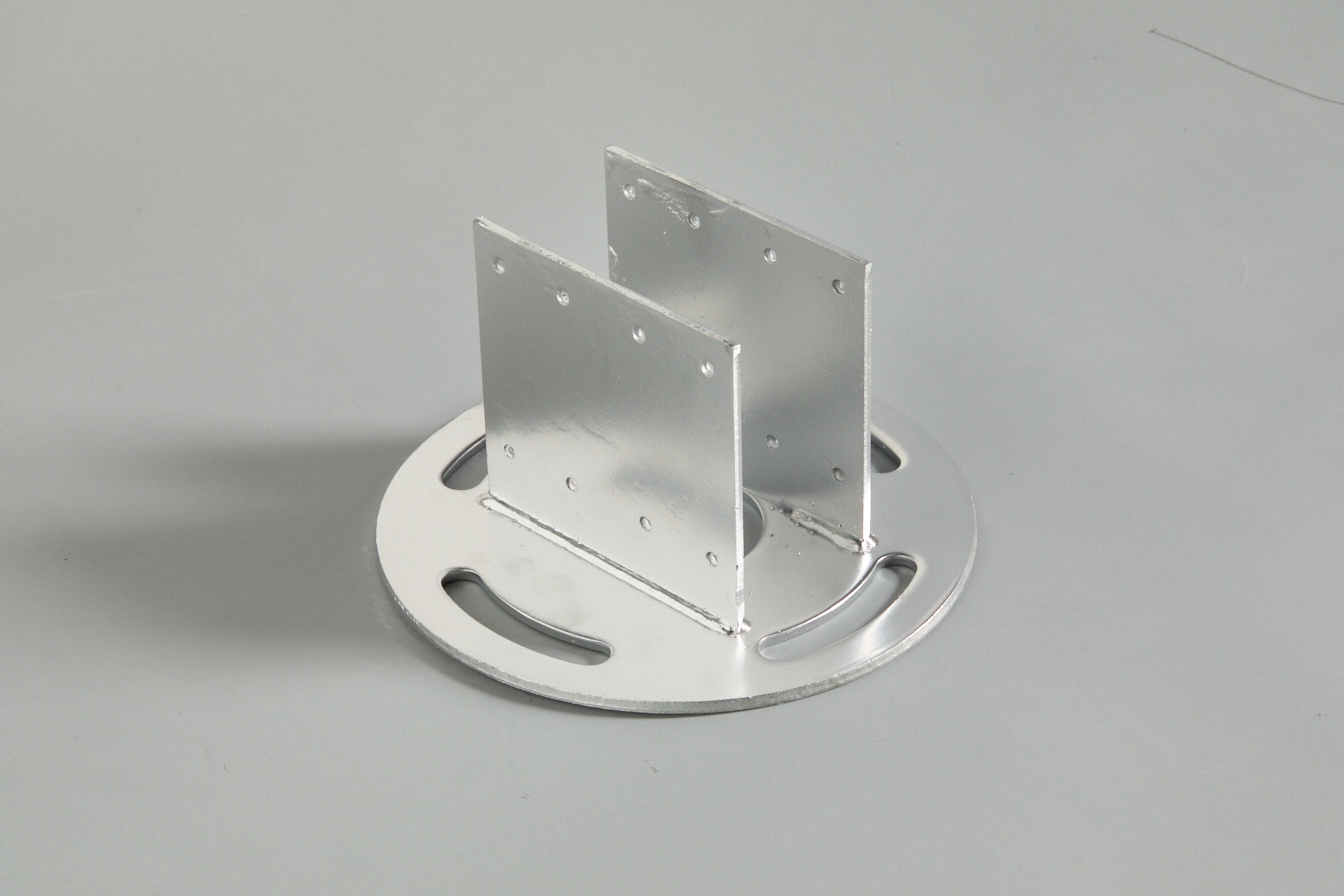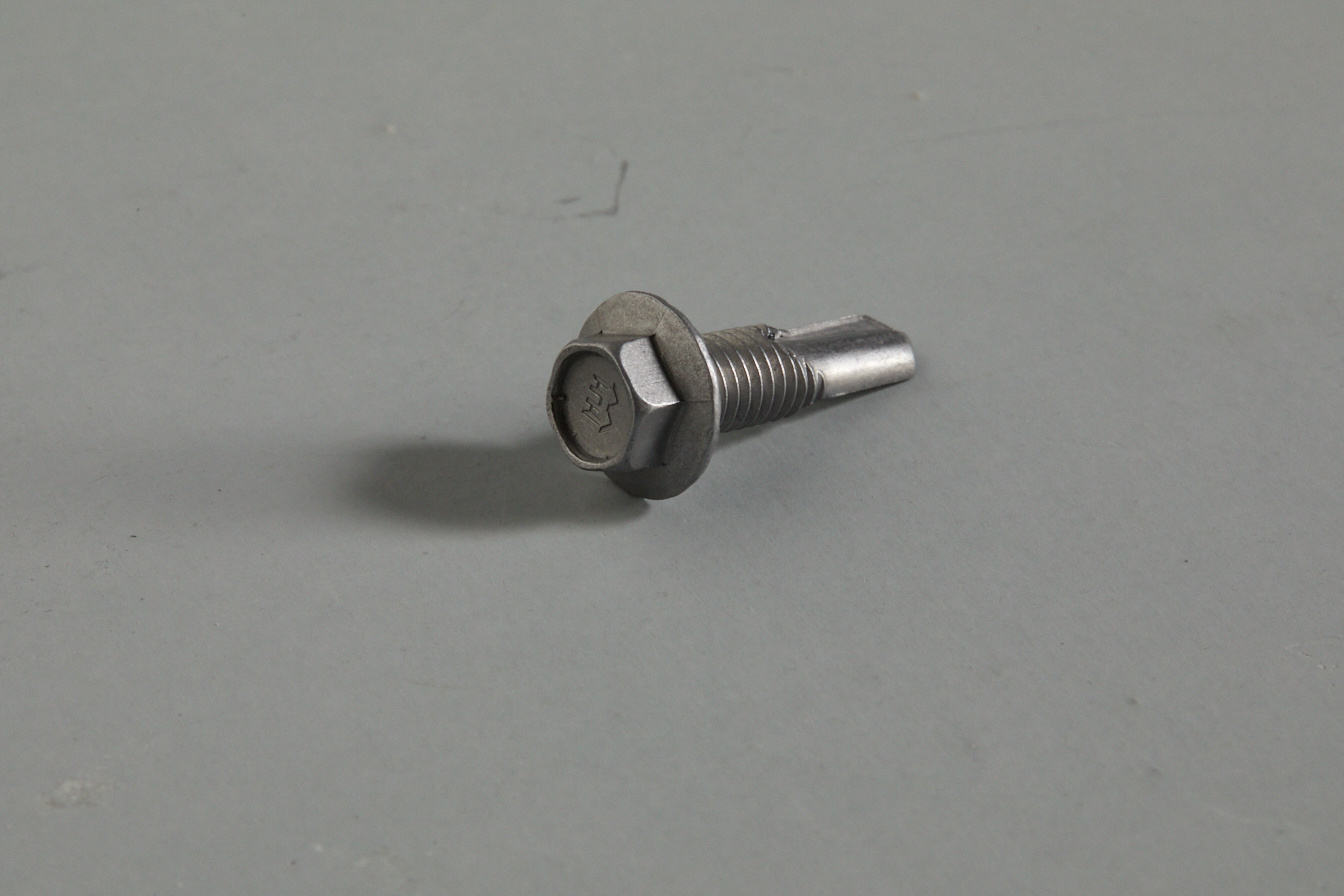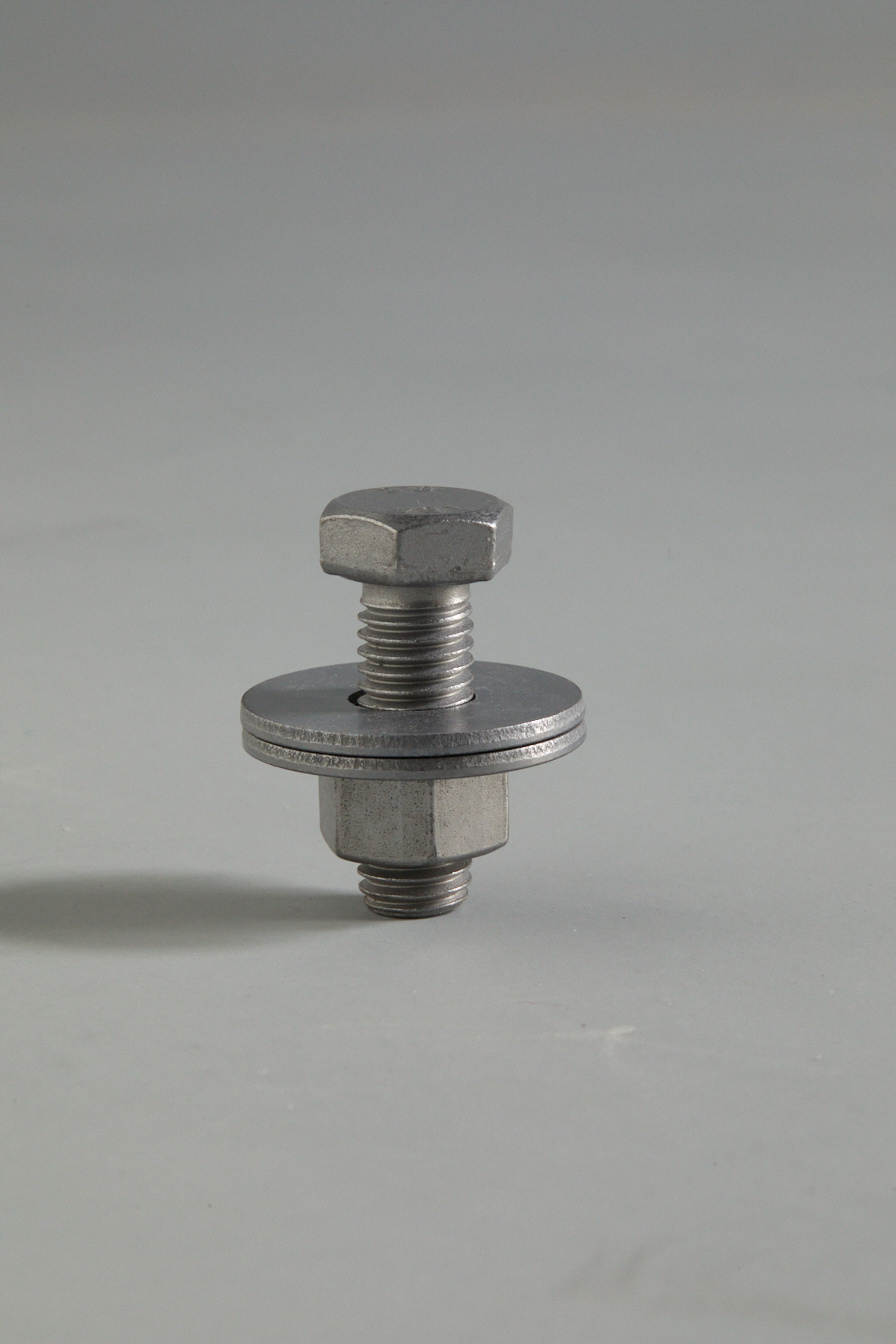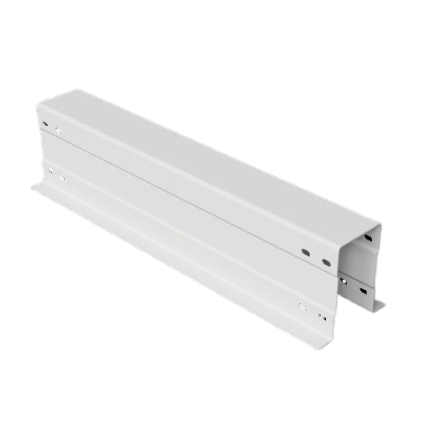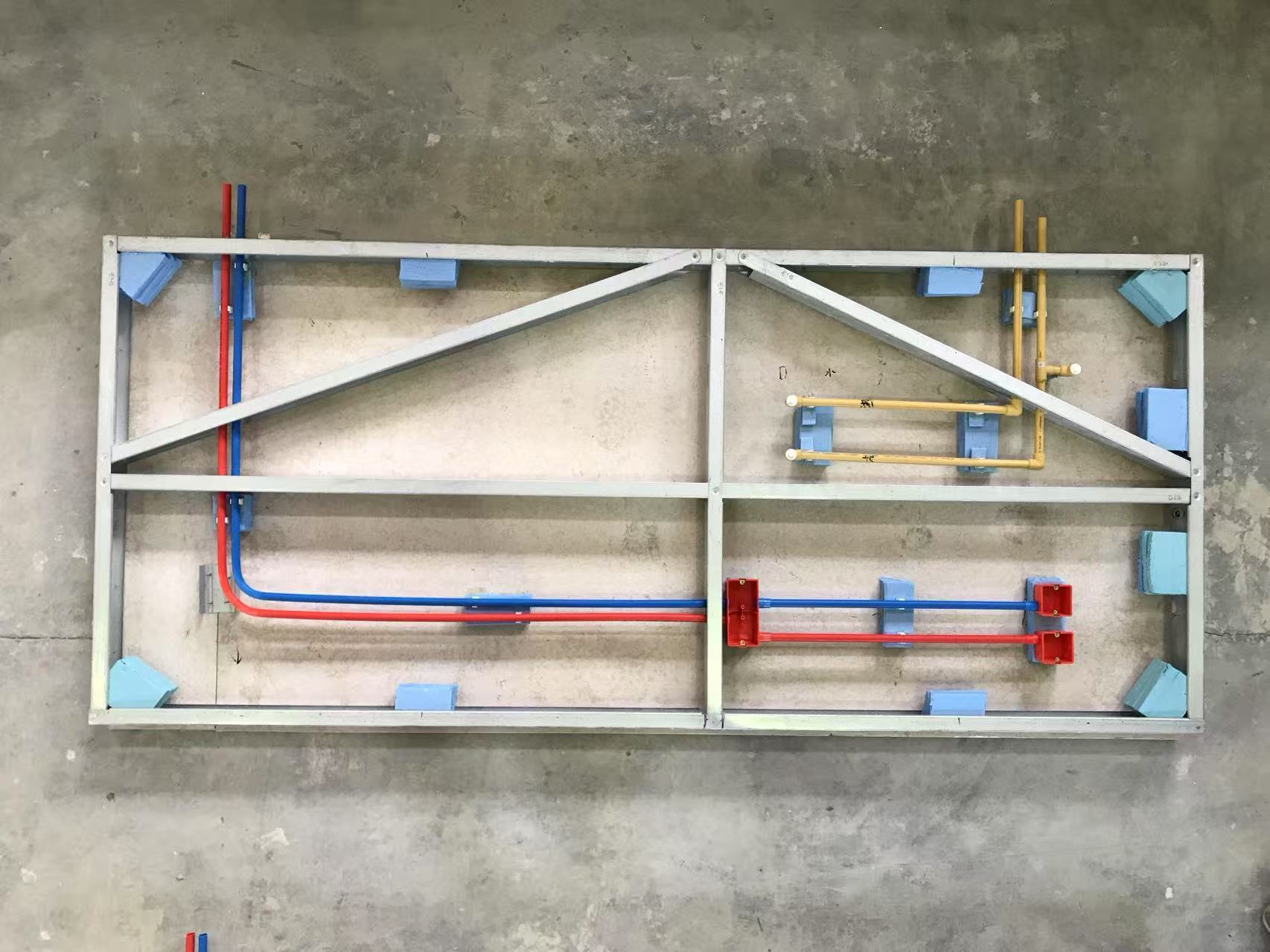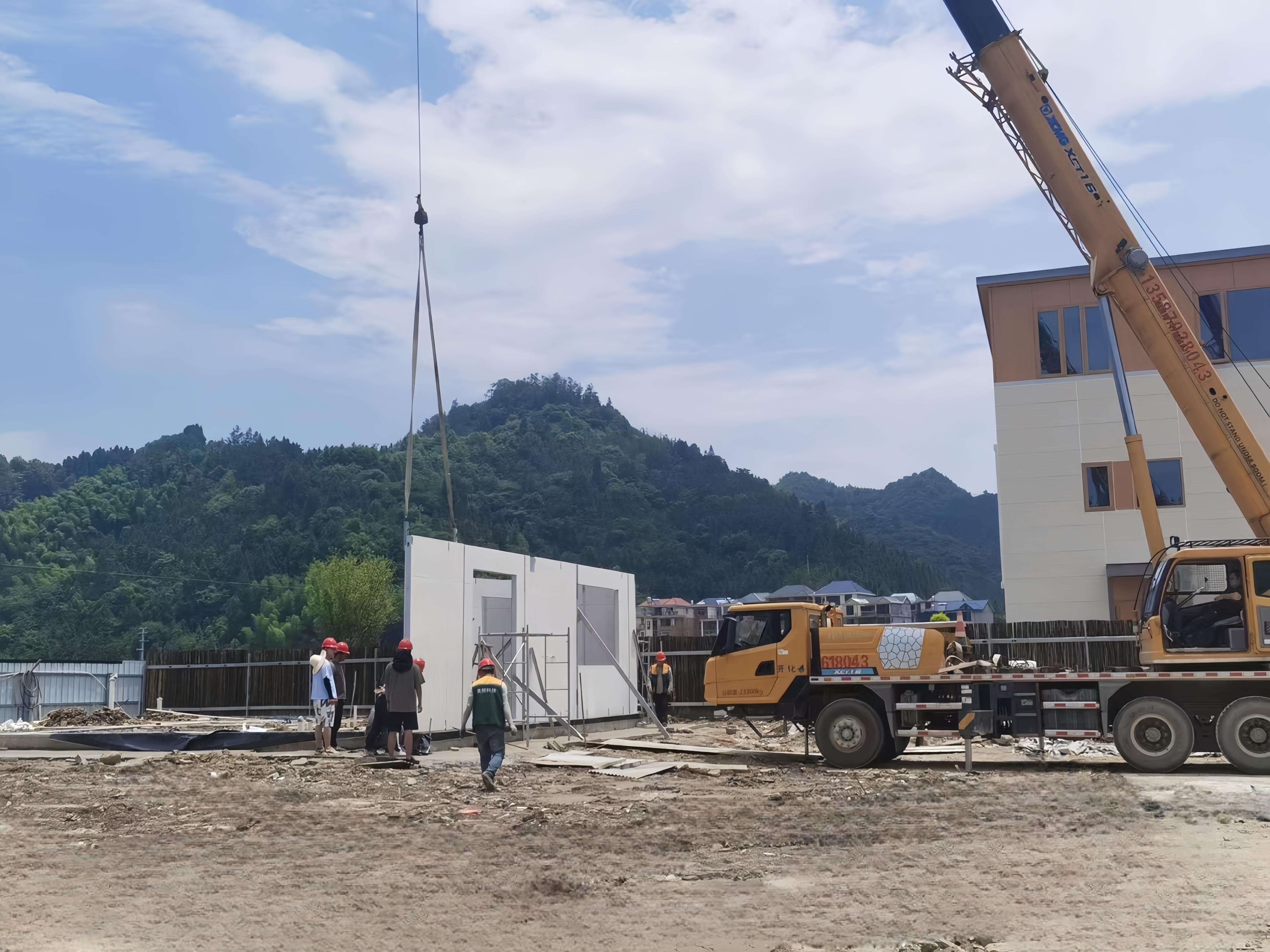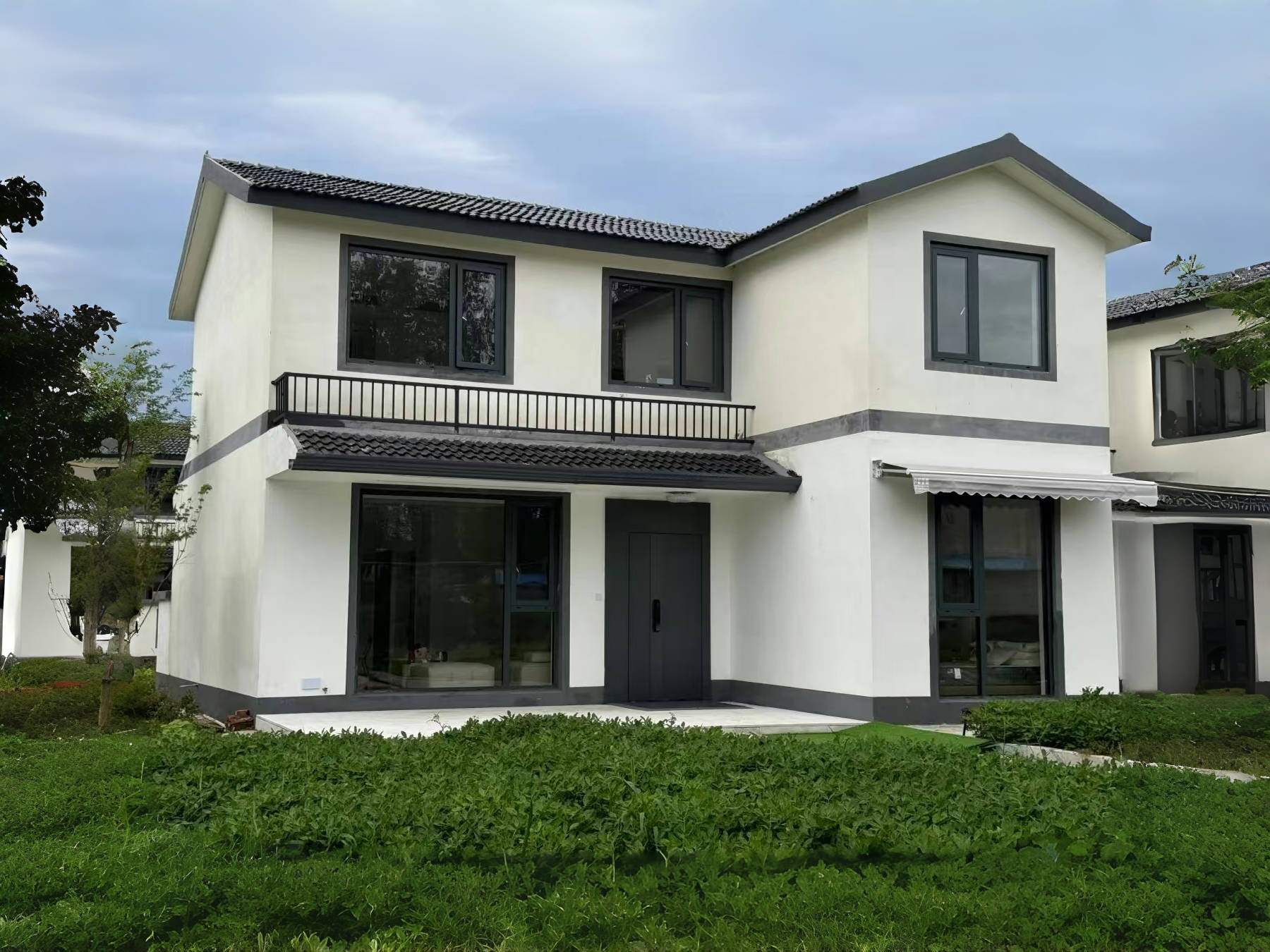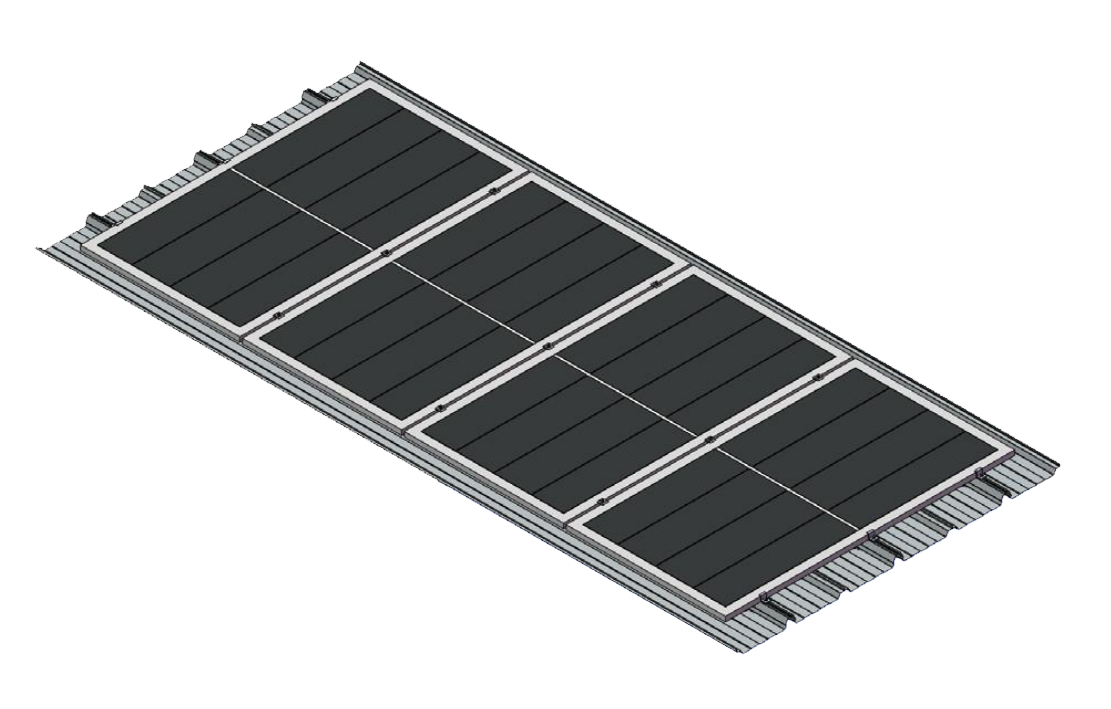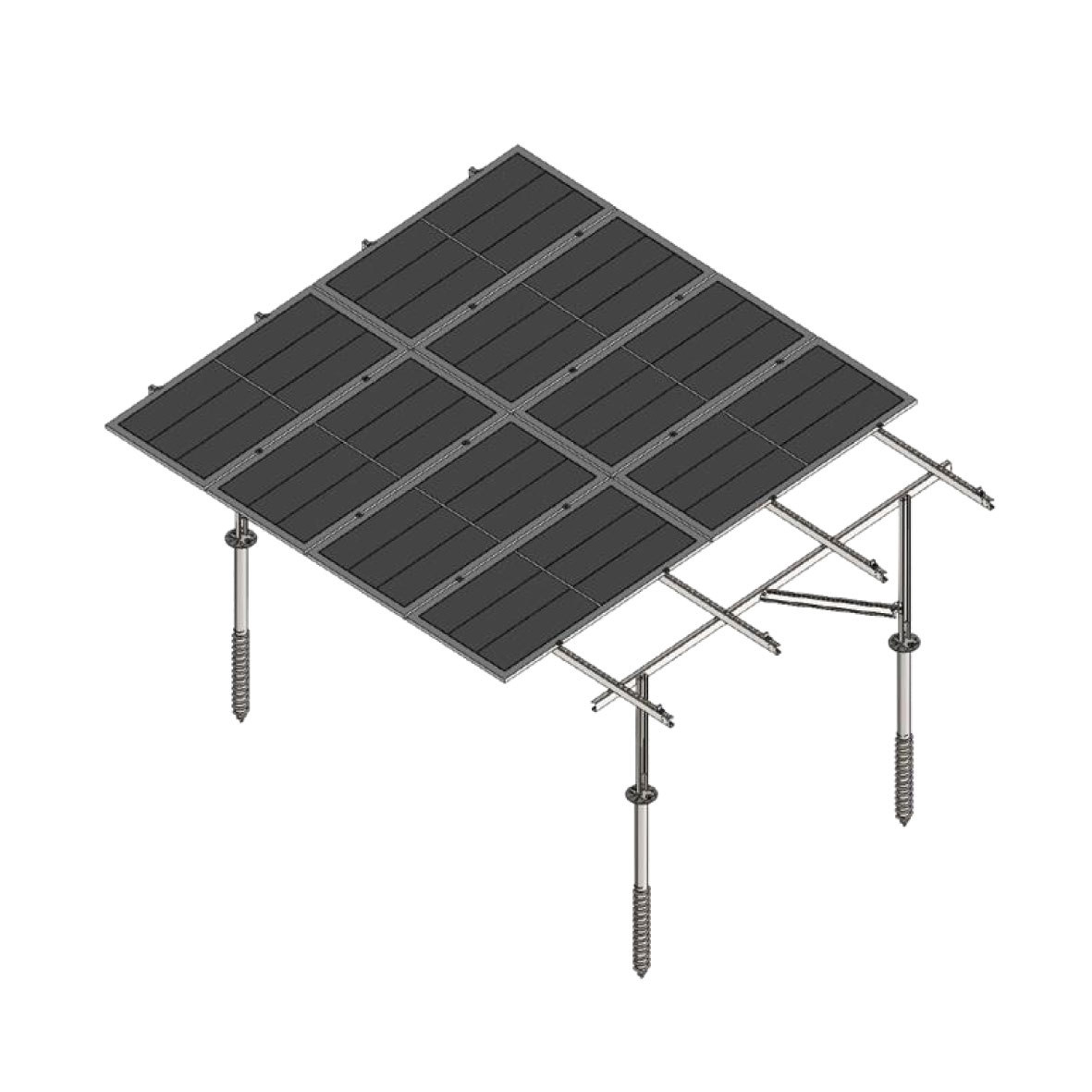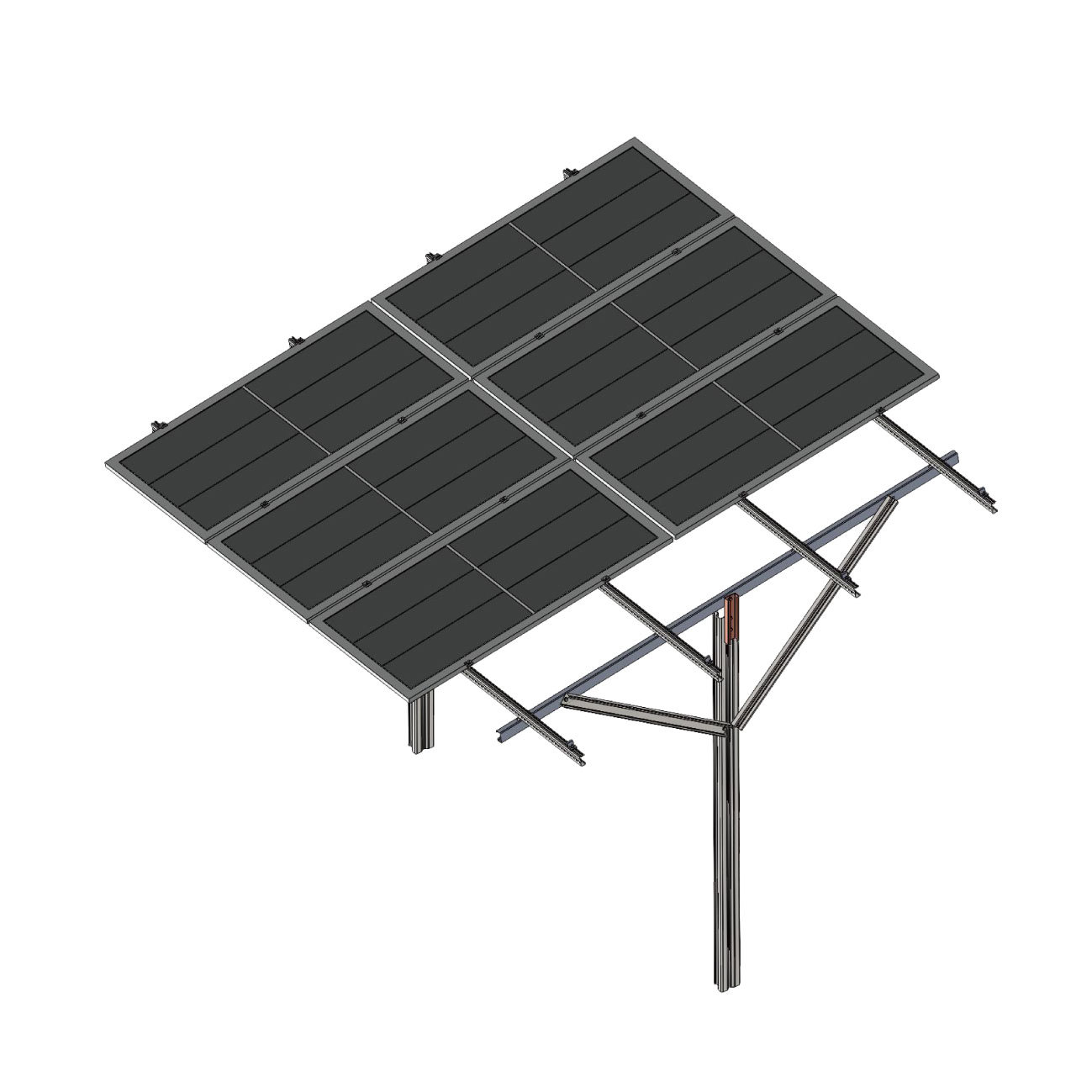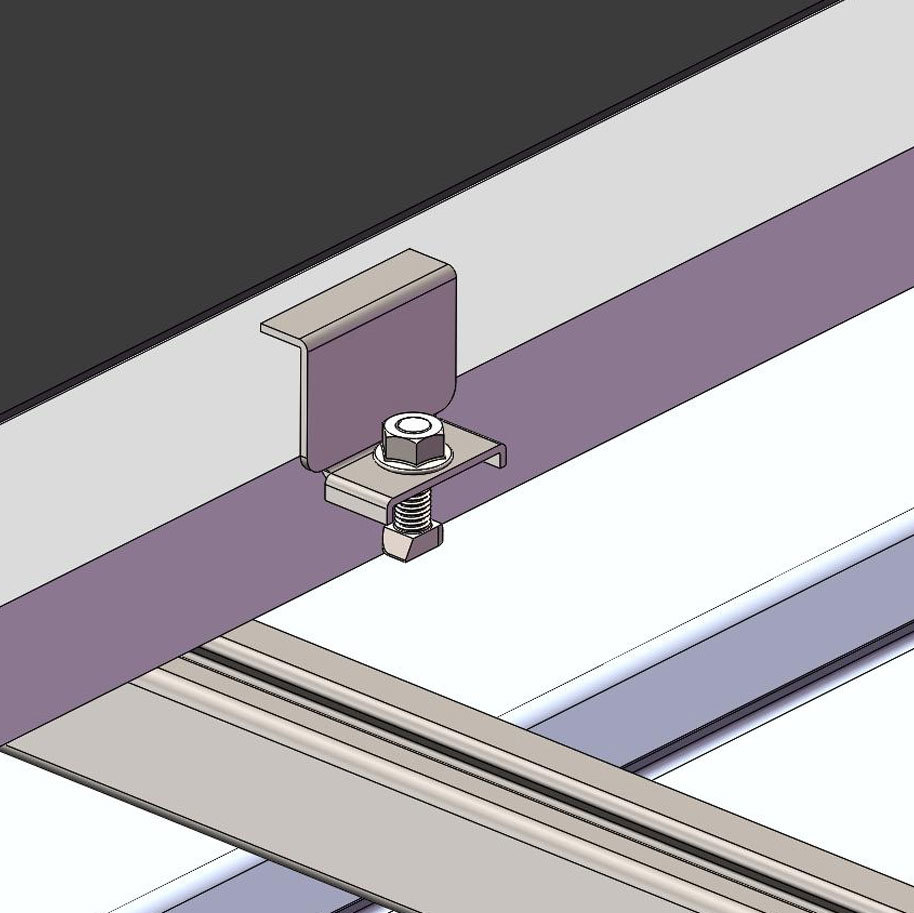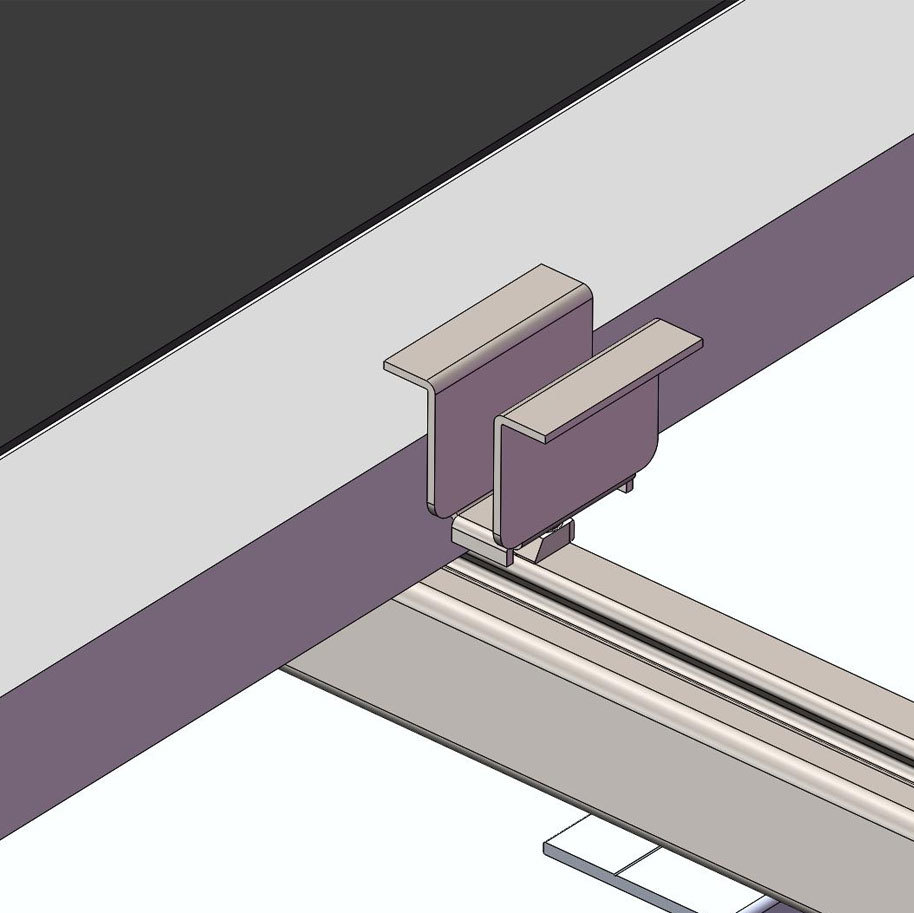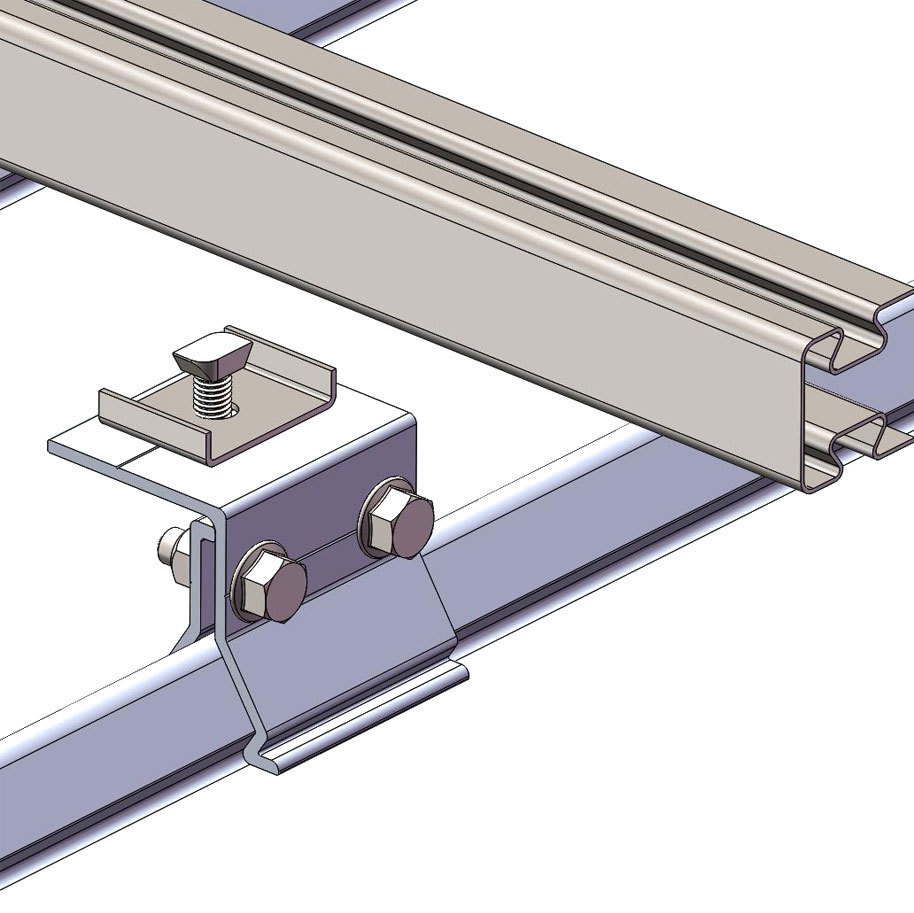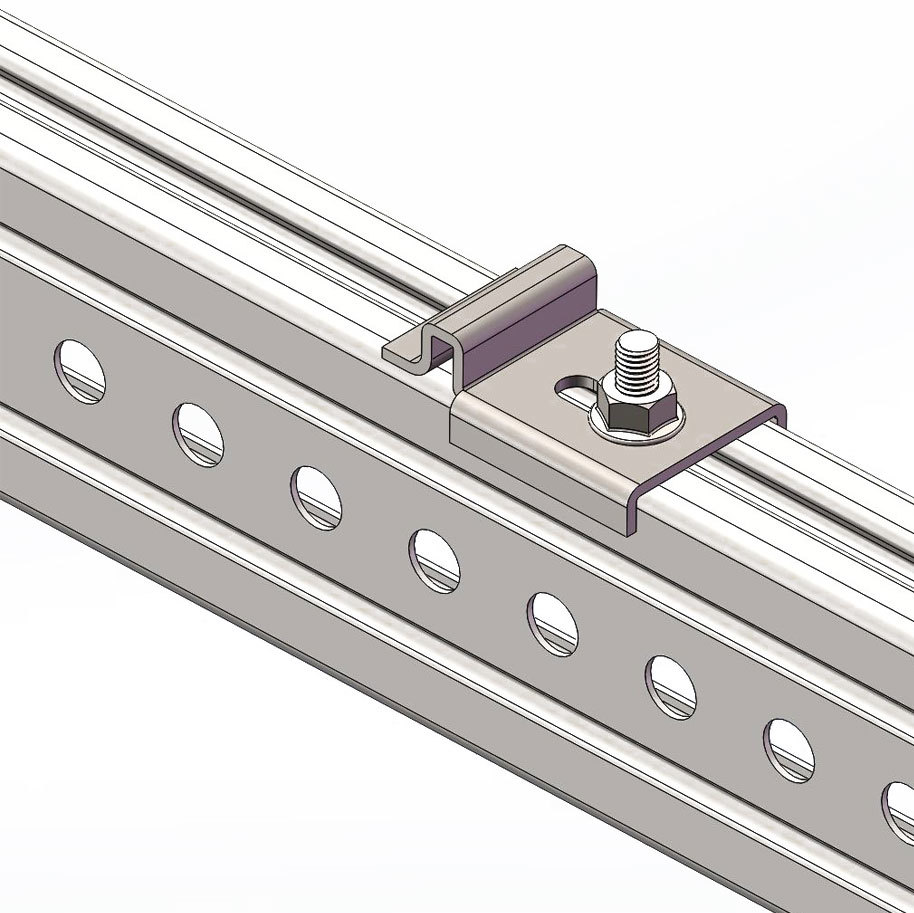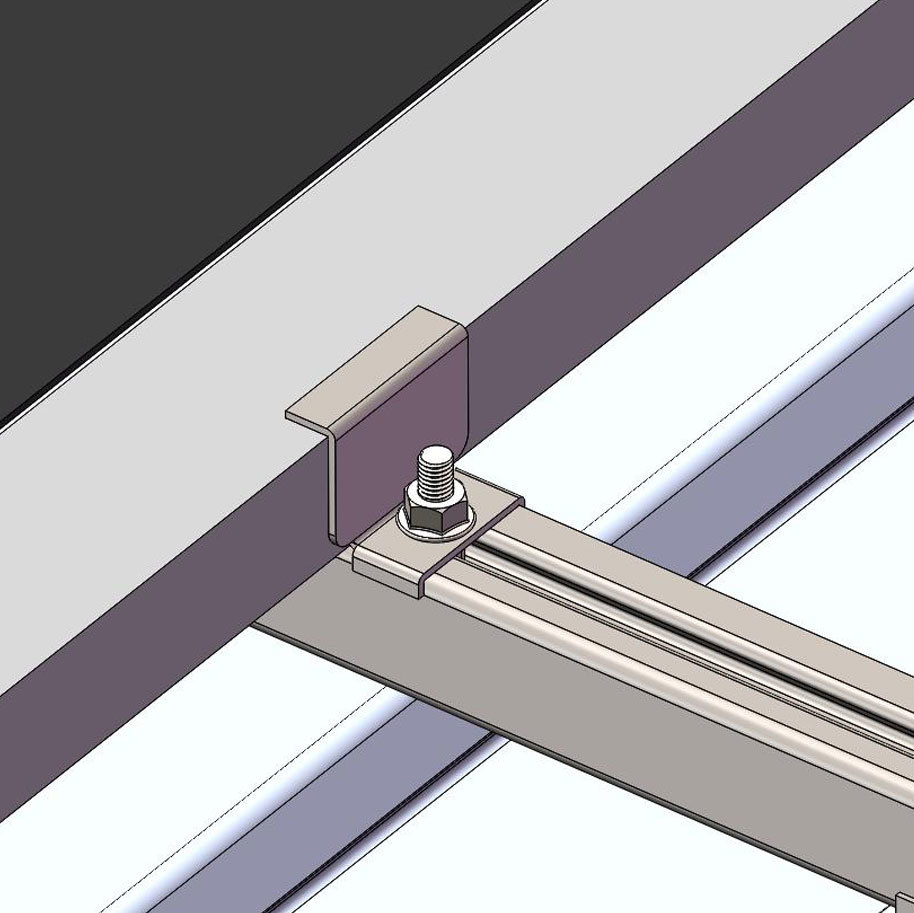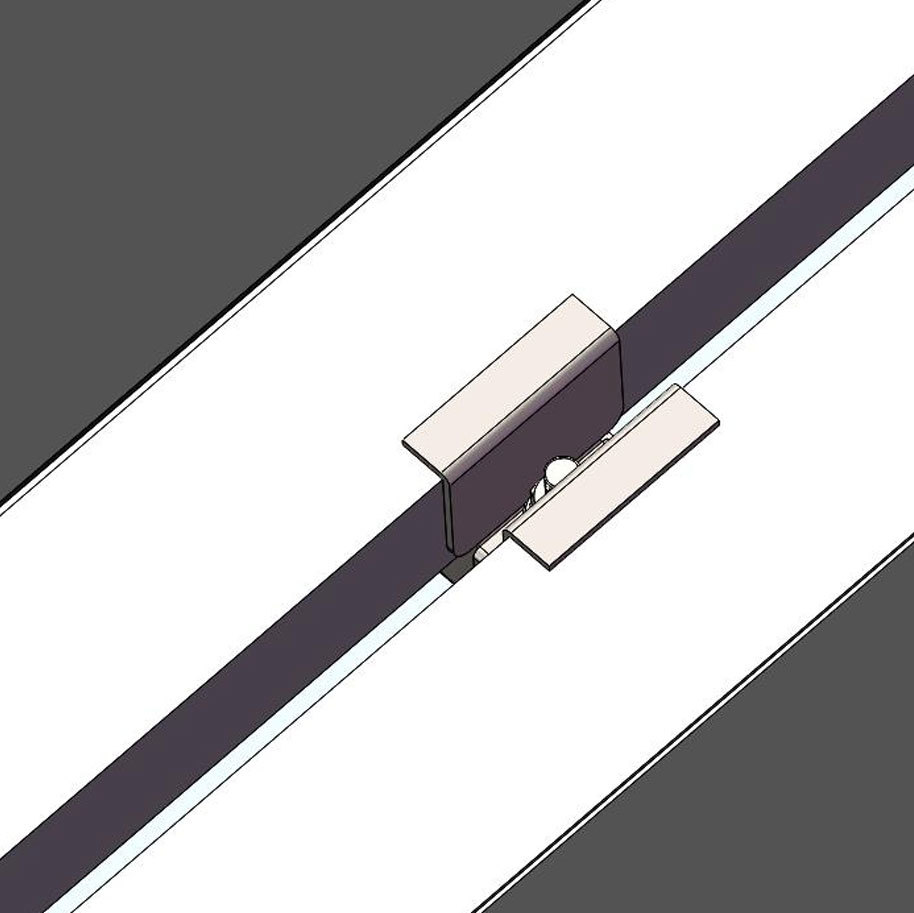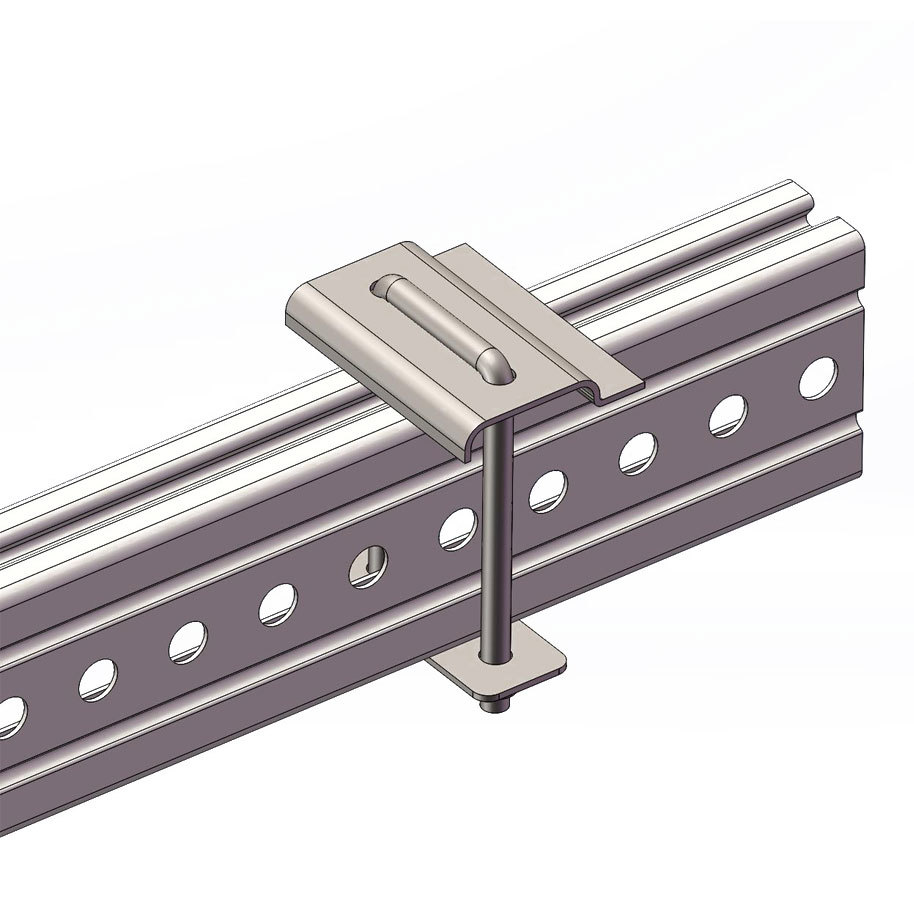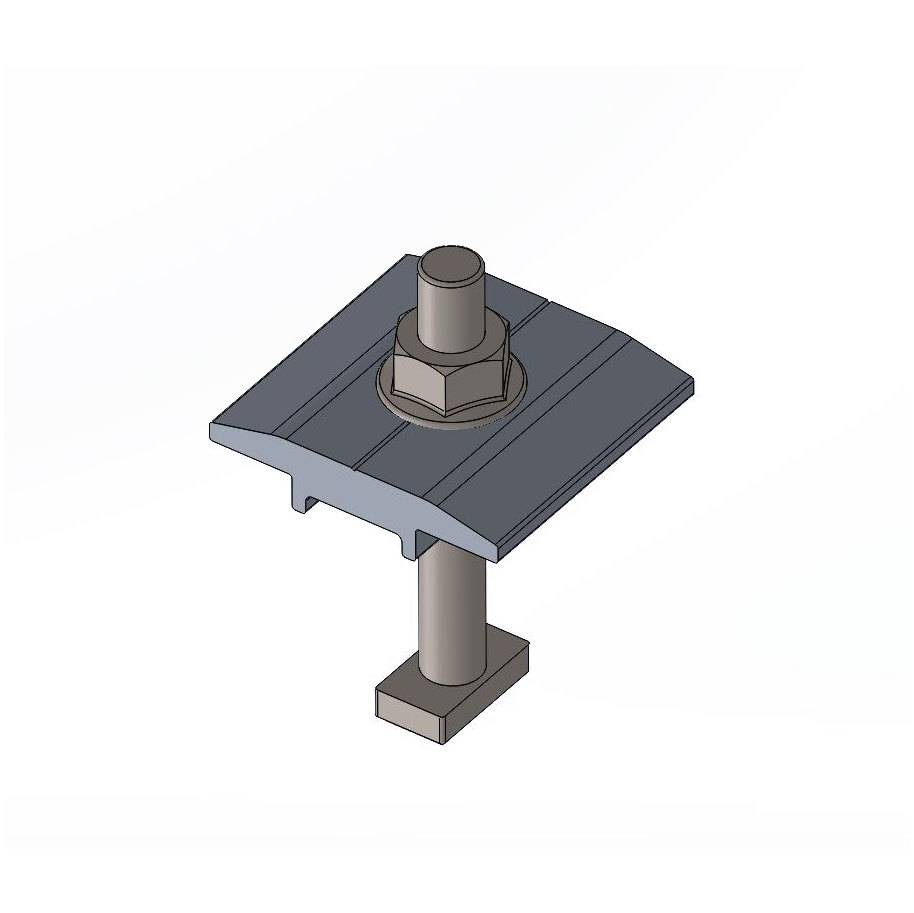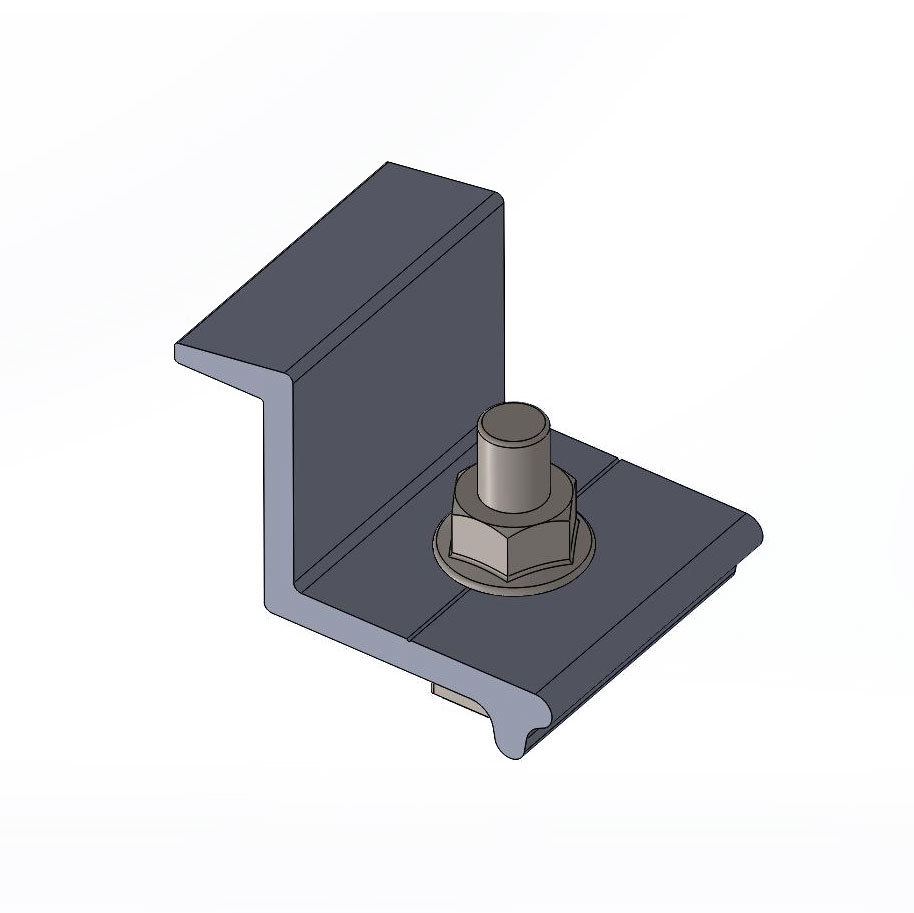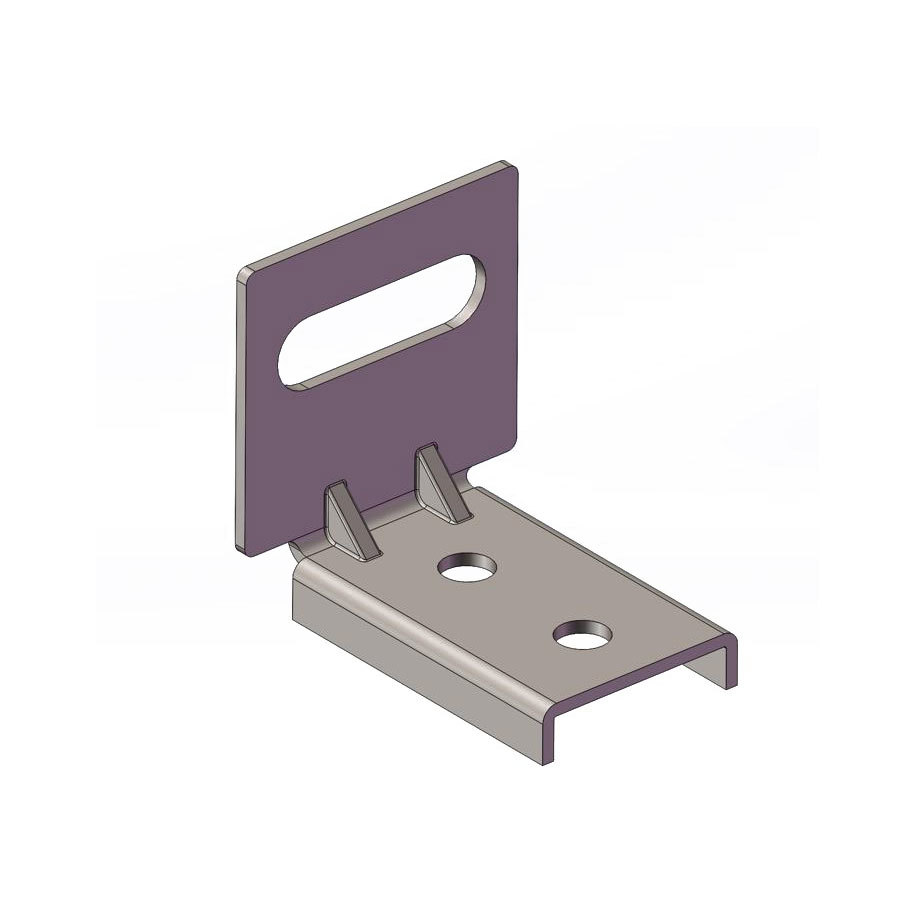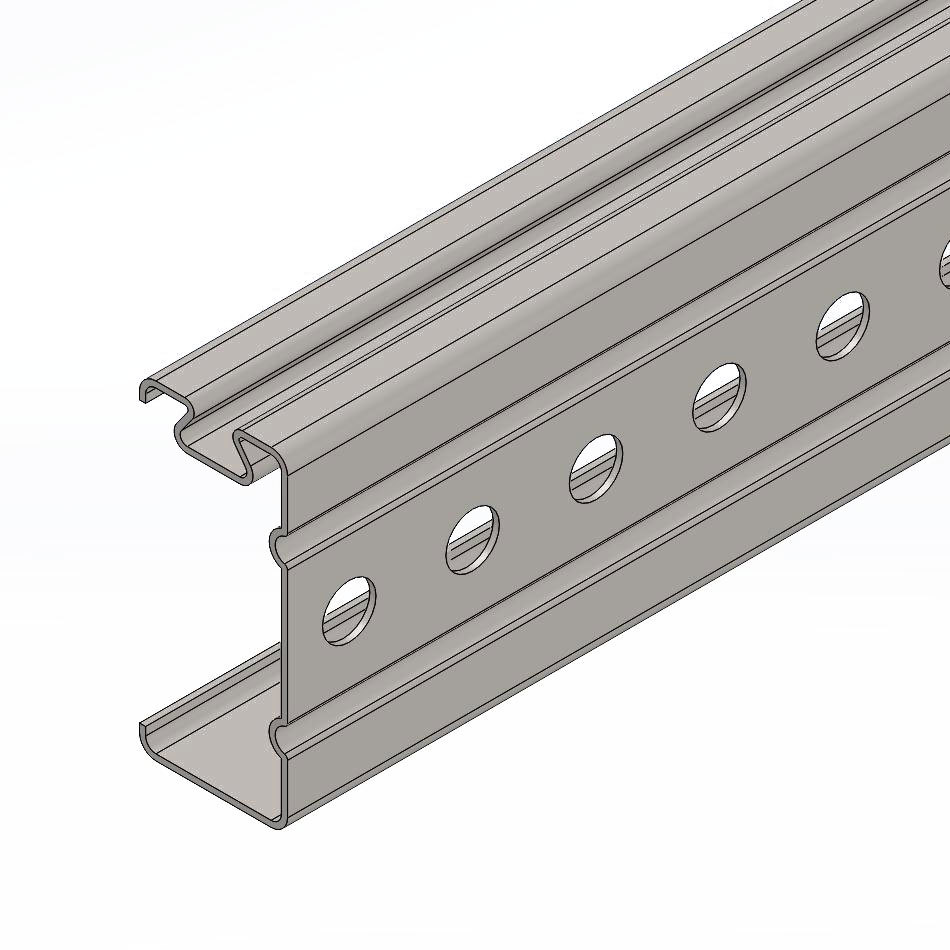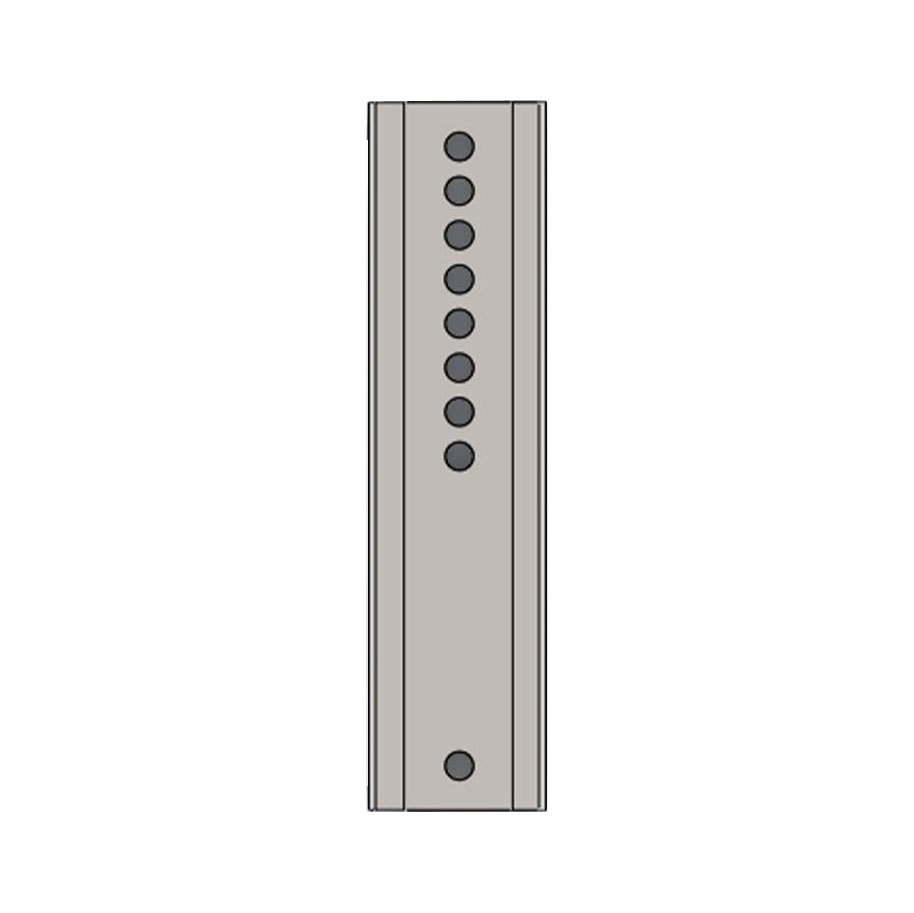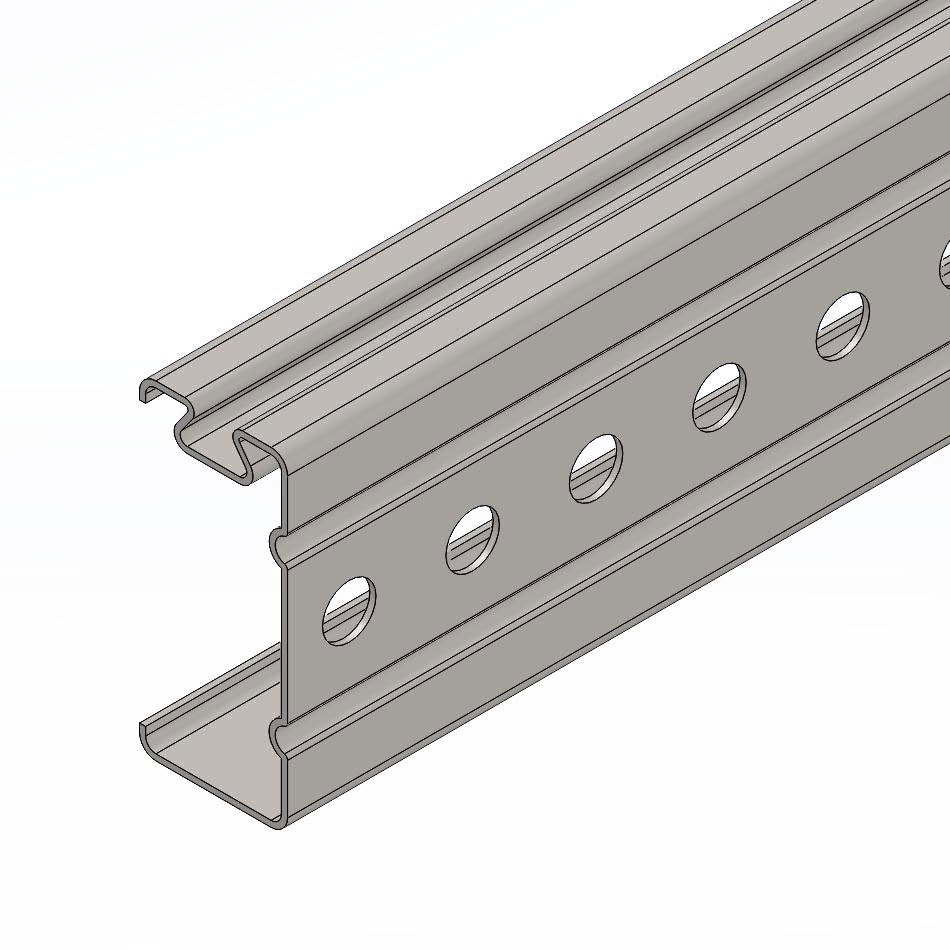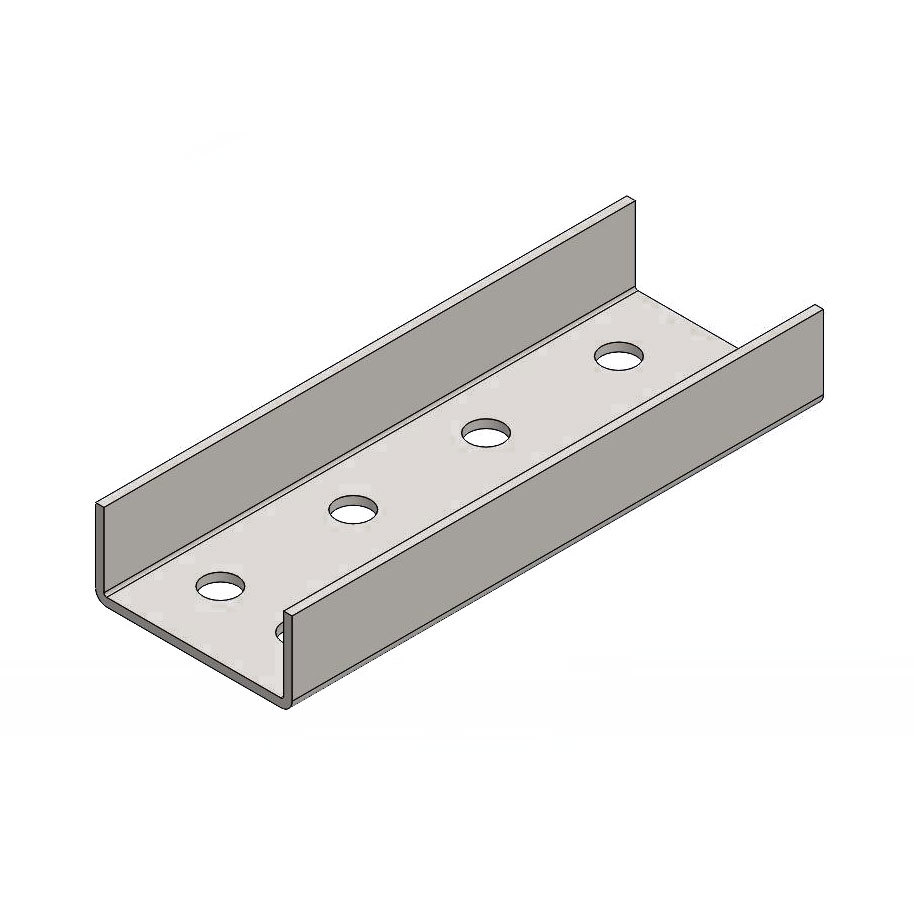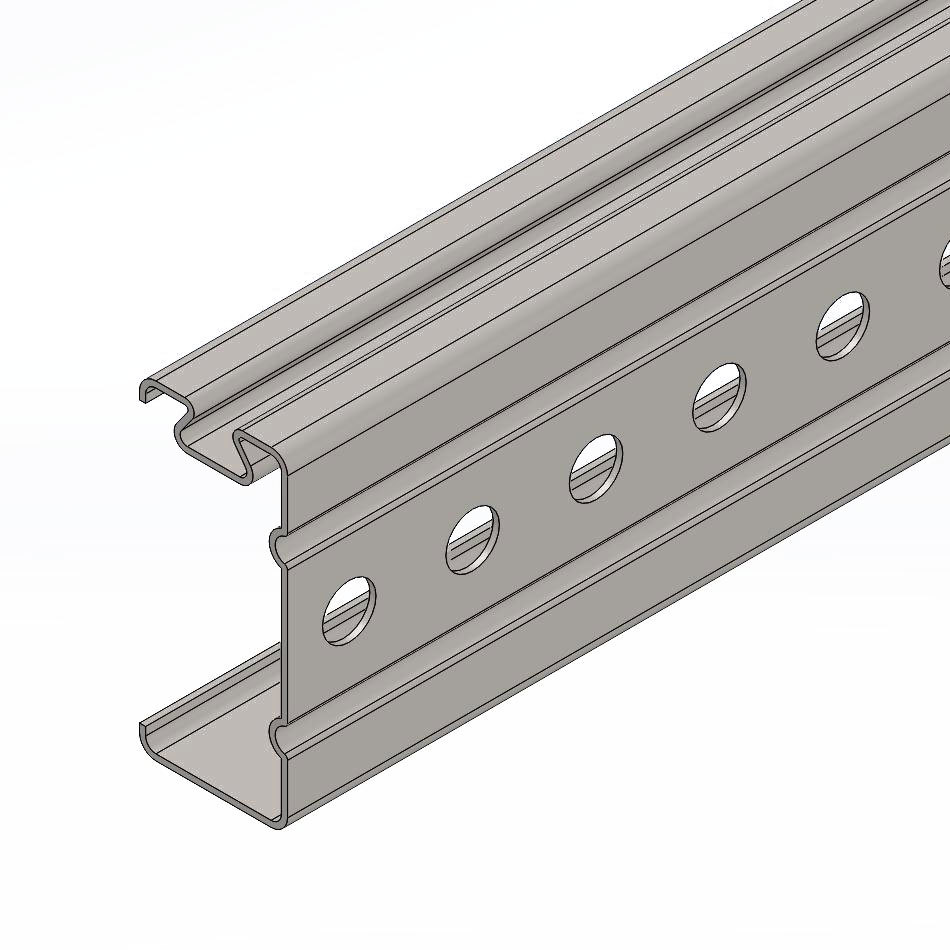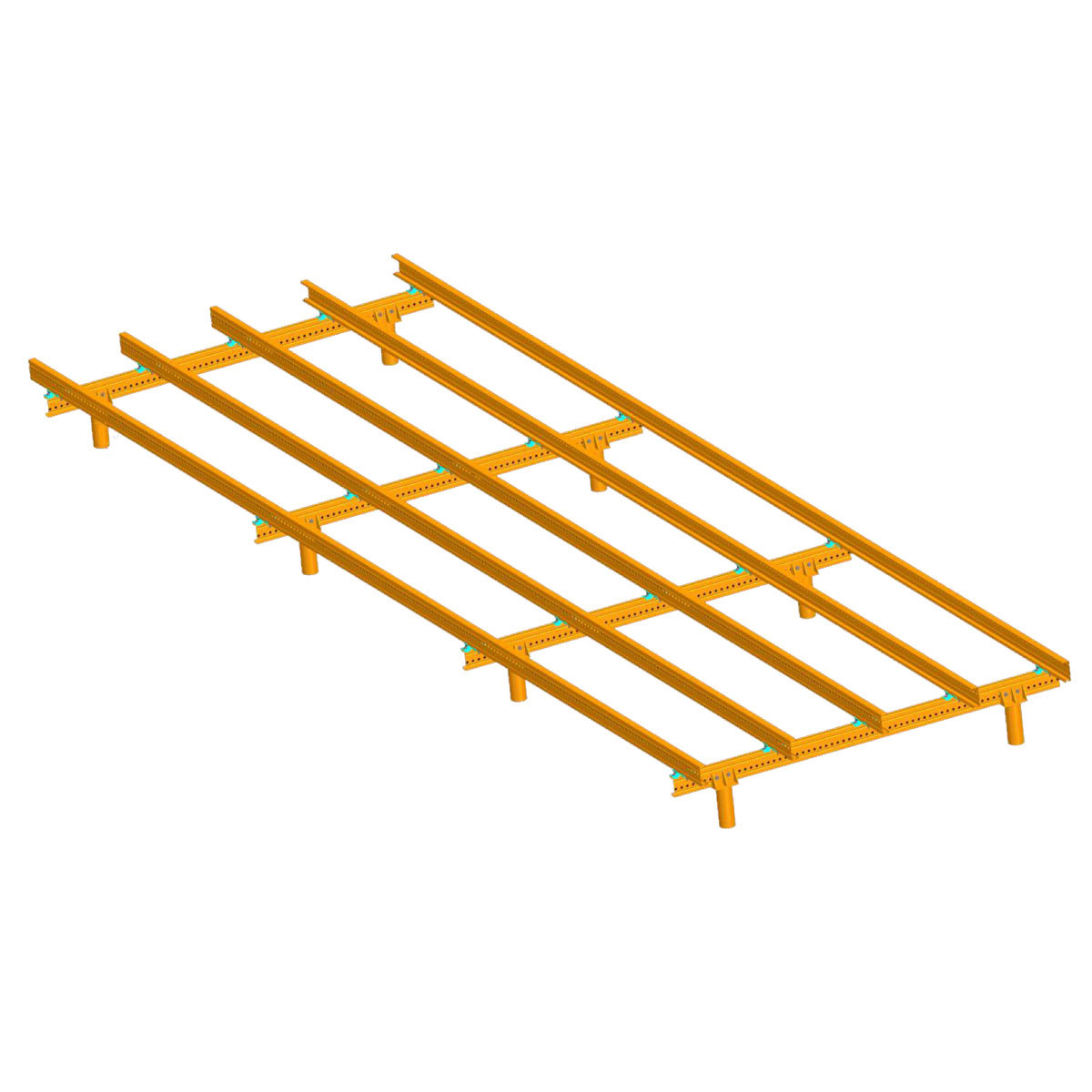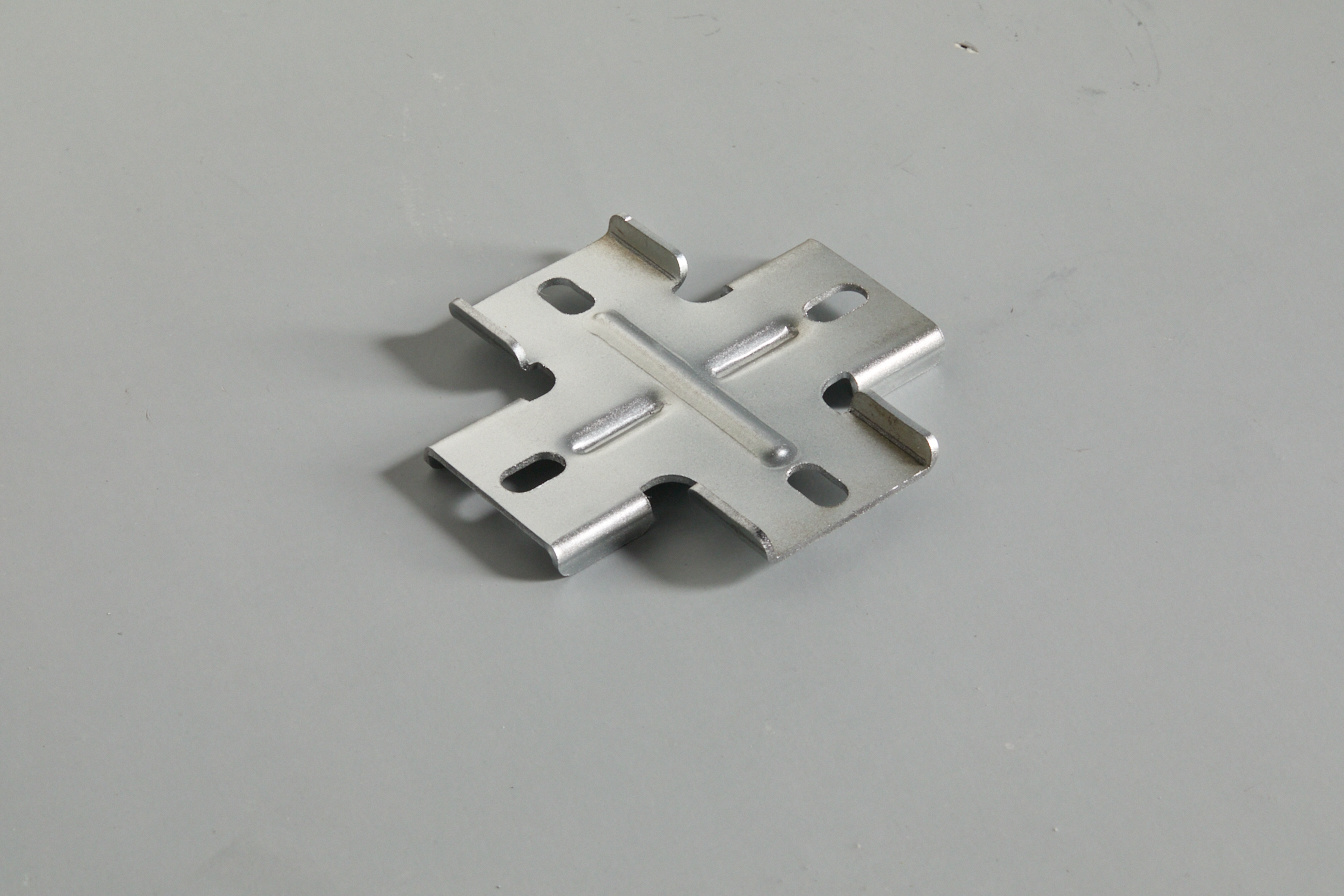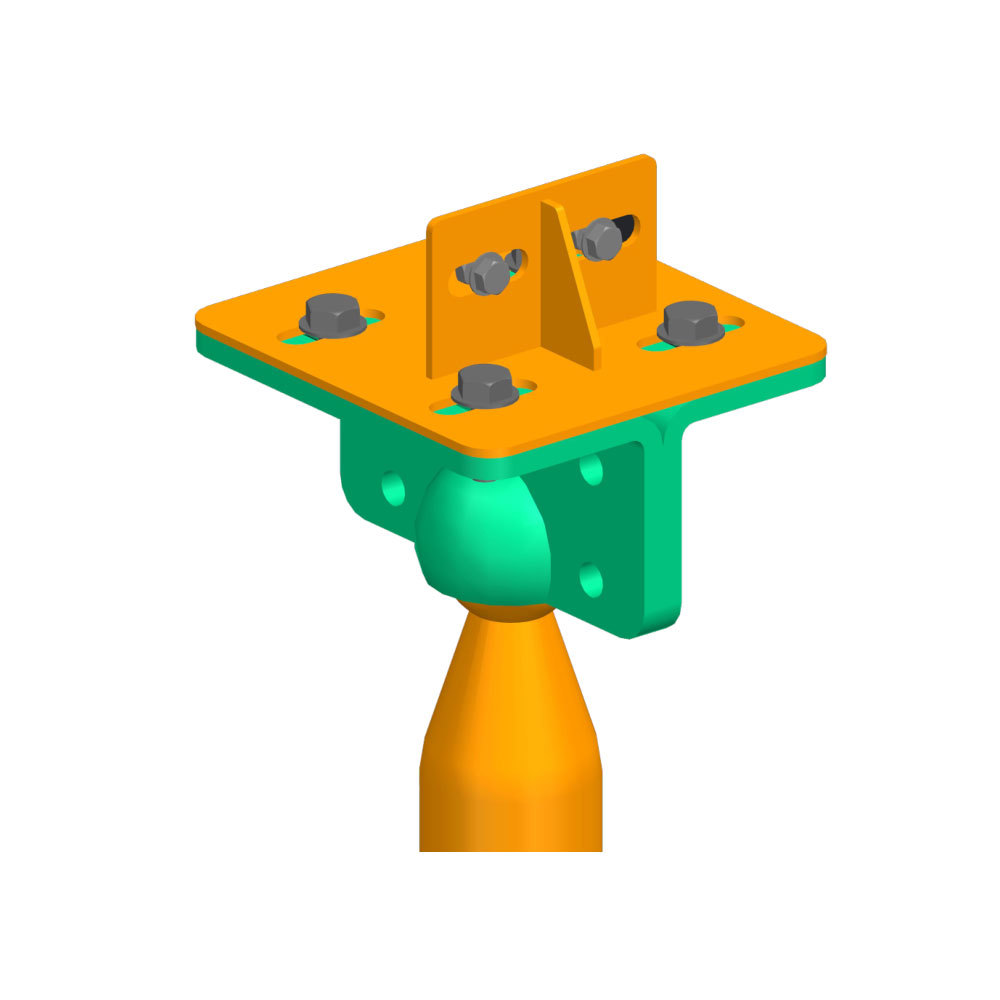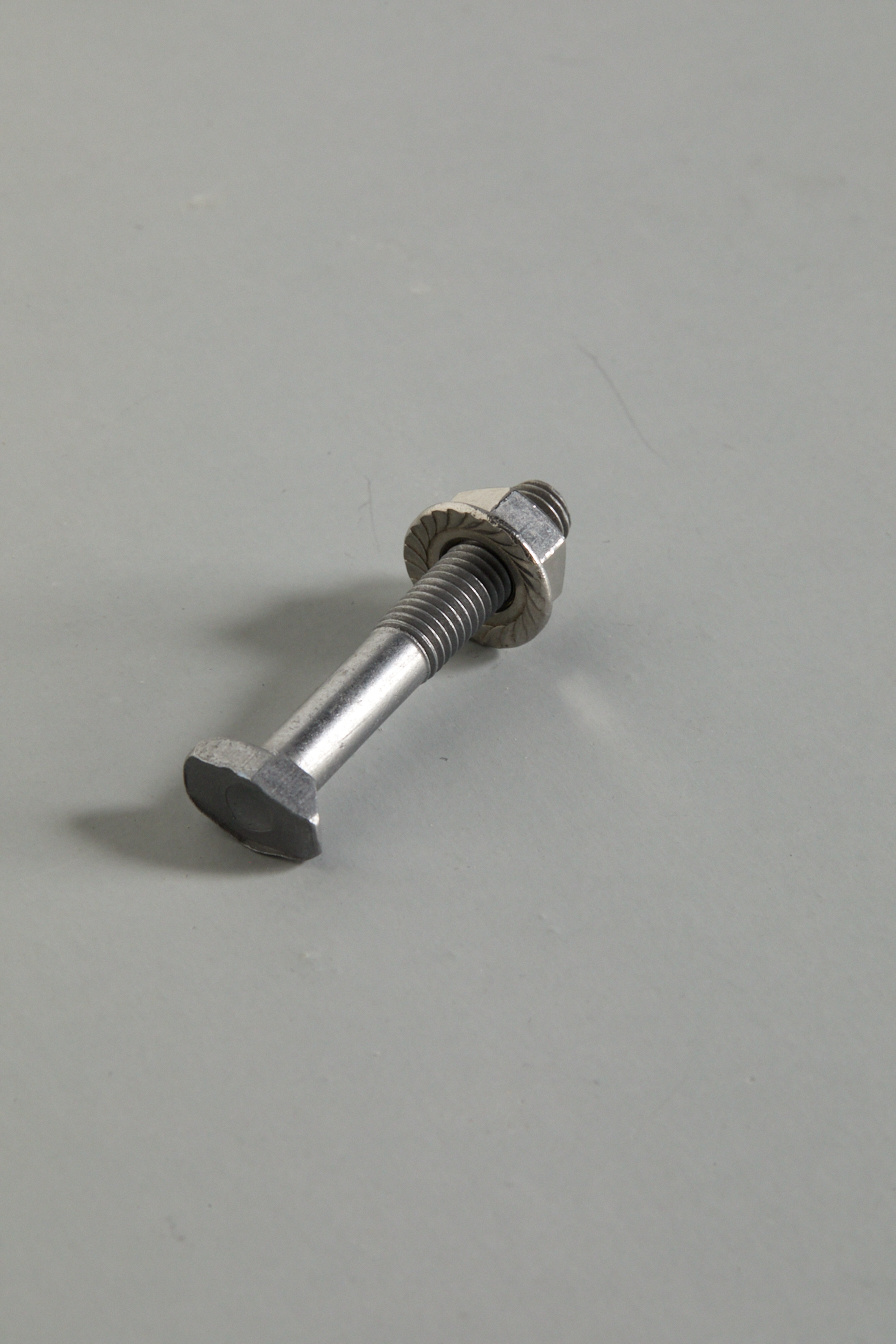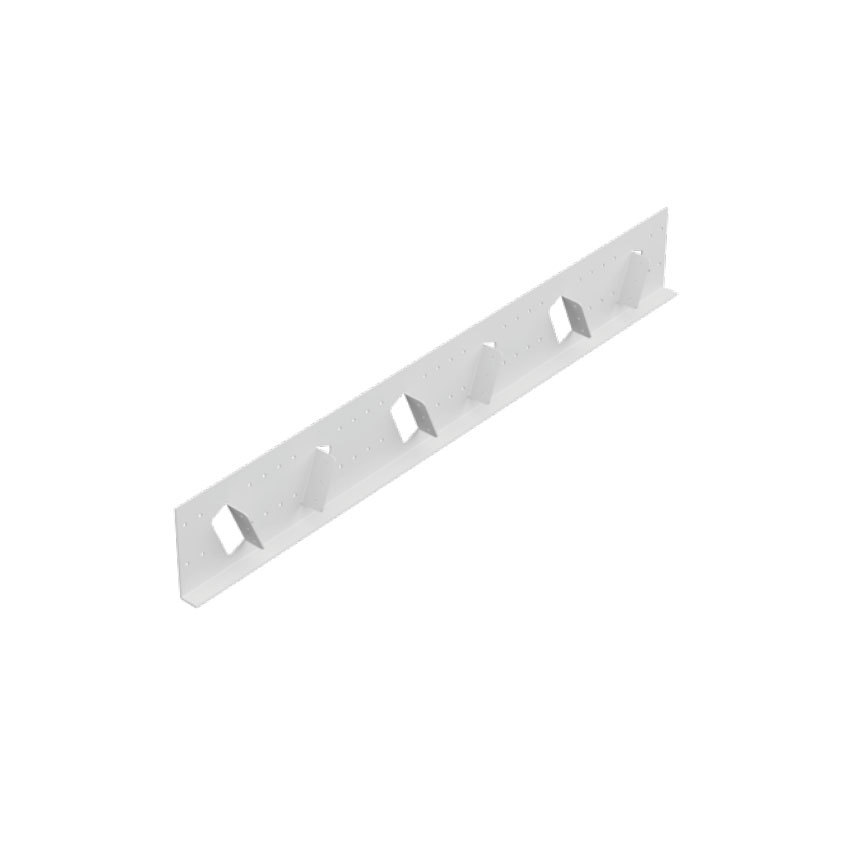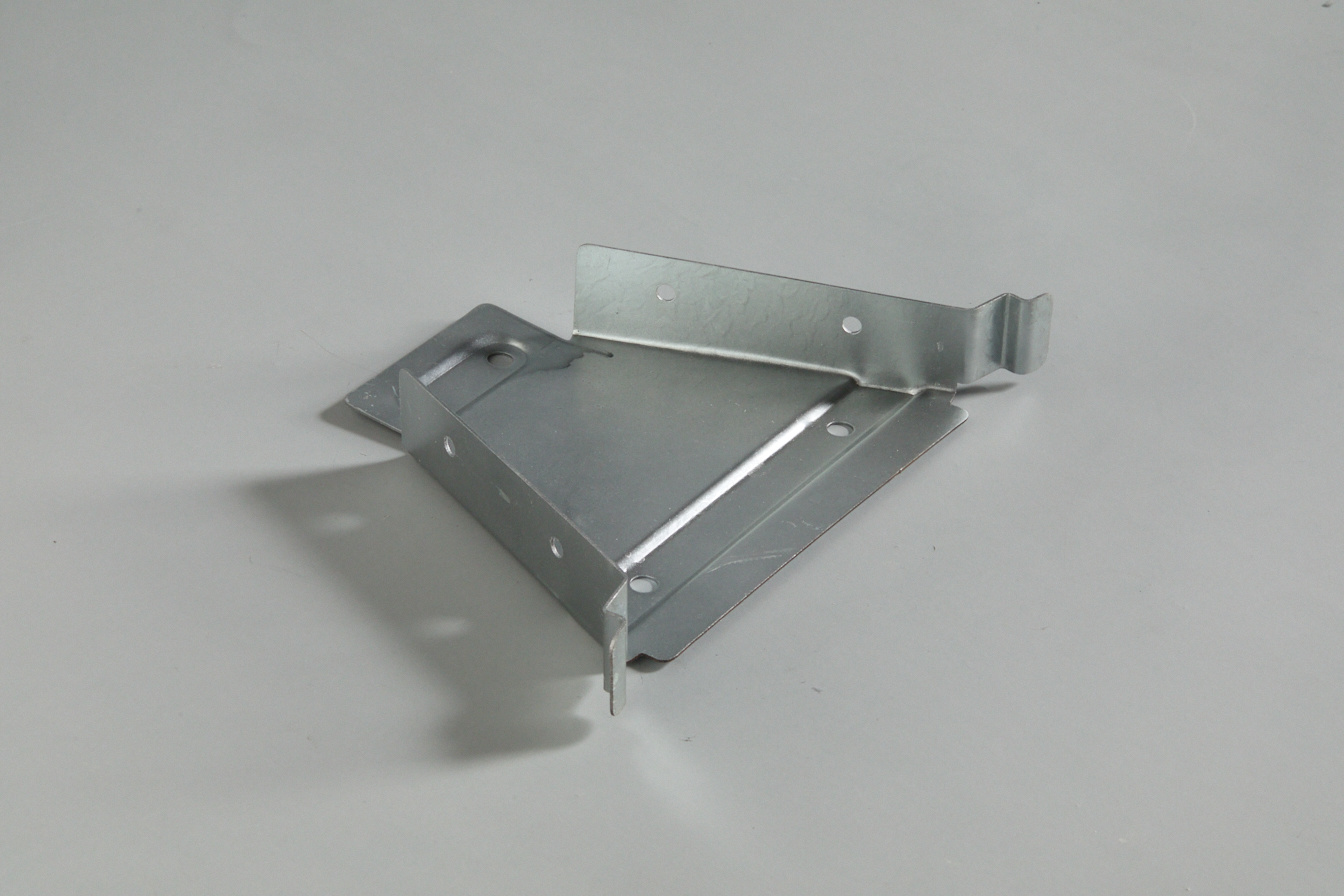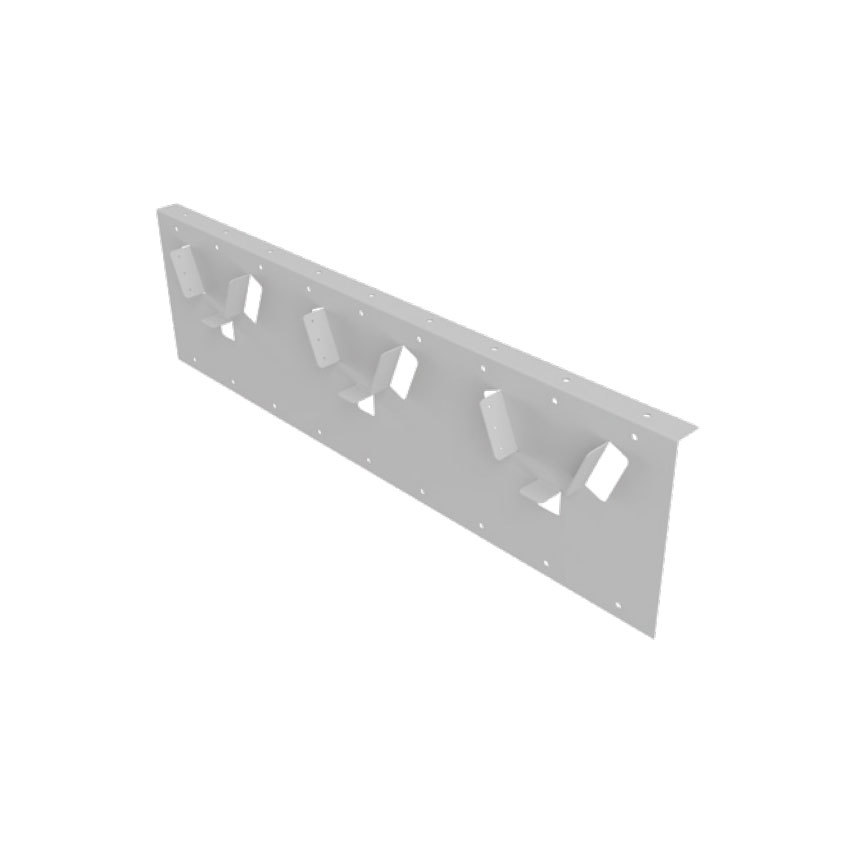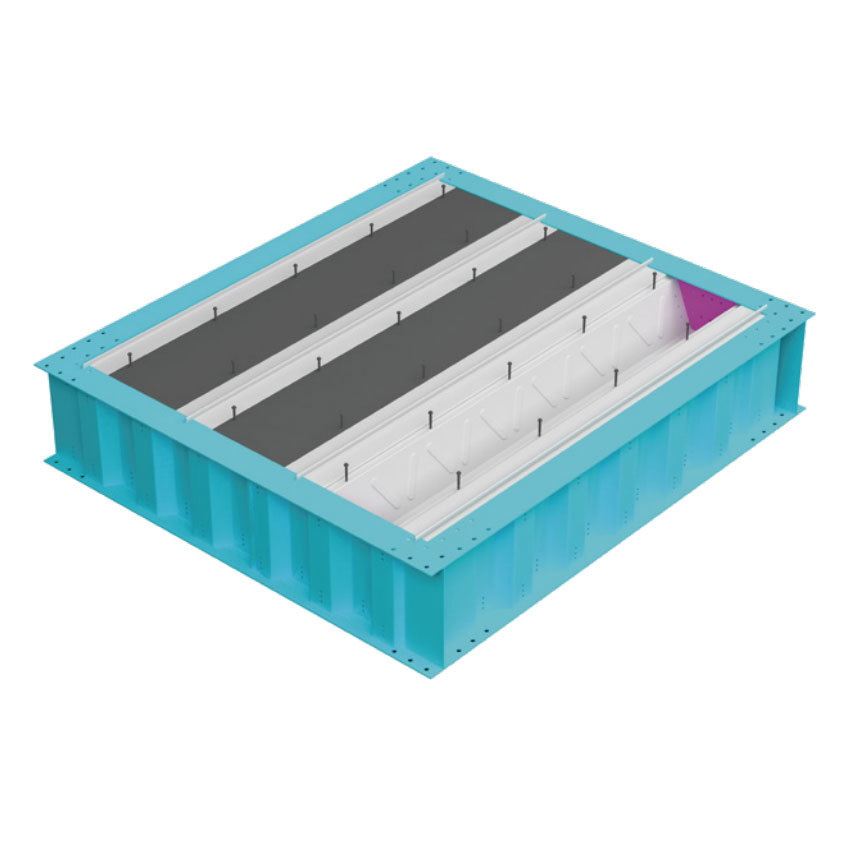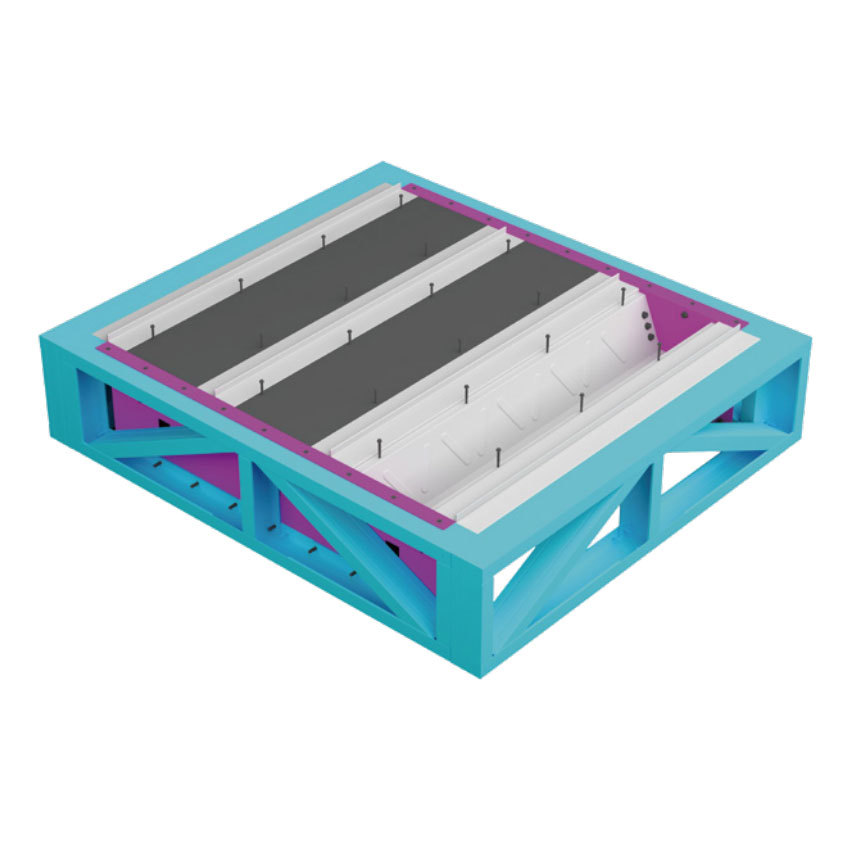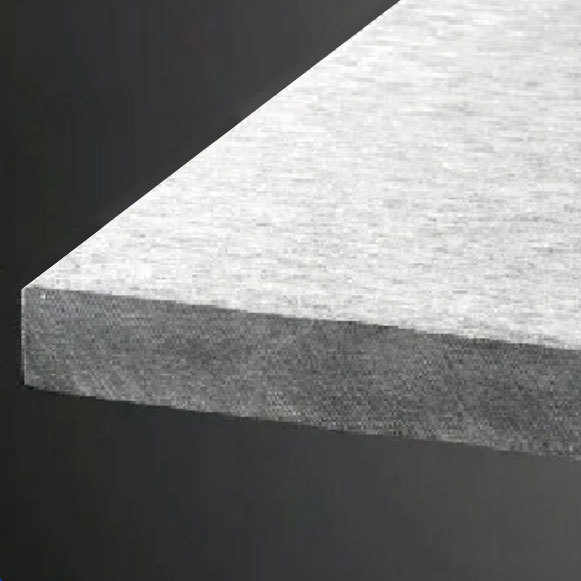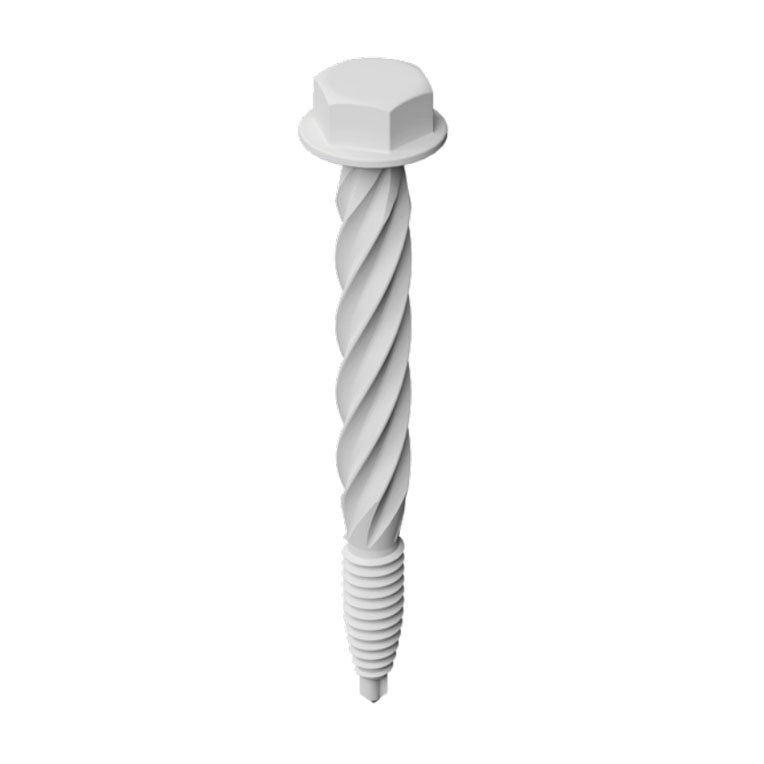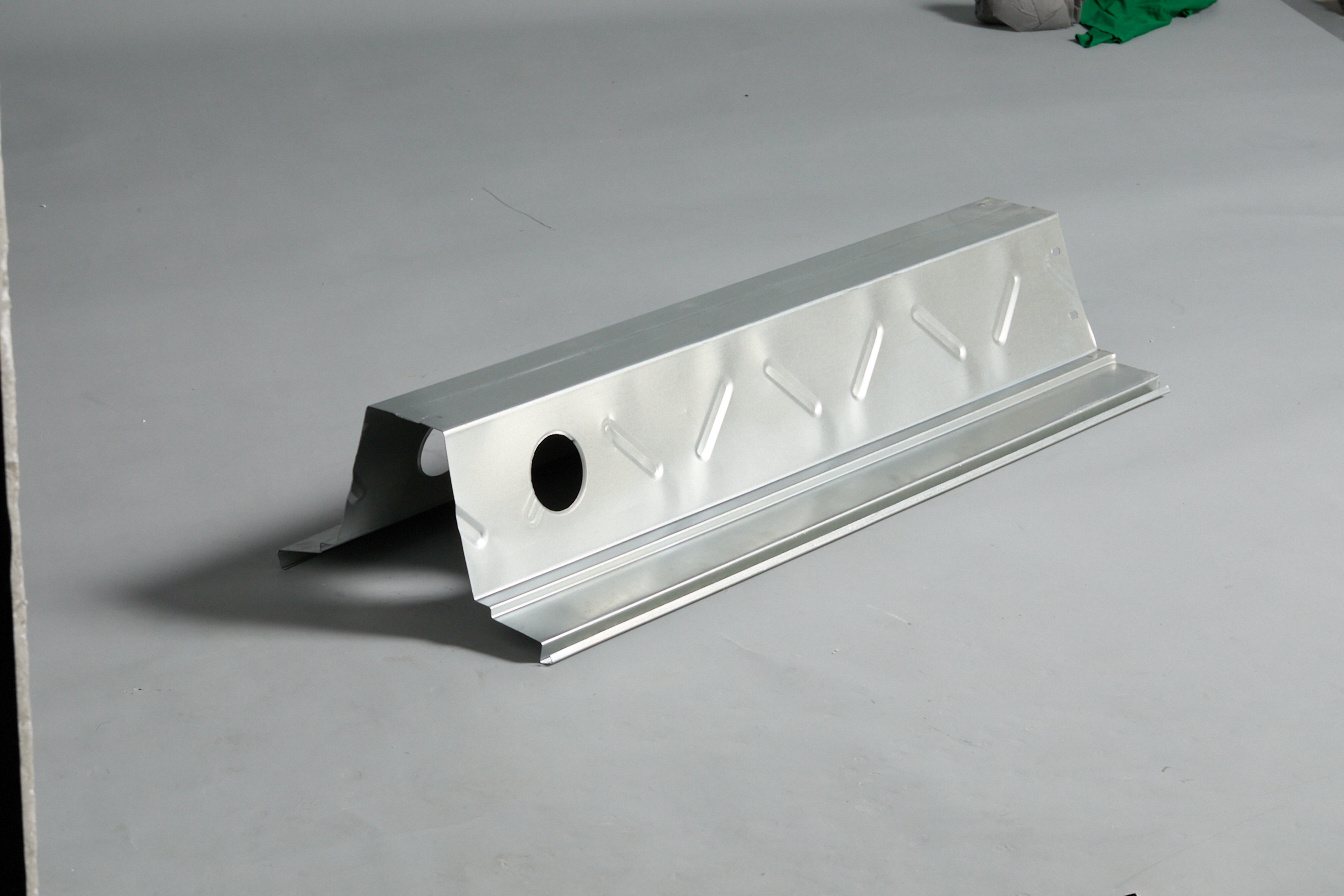Understanding L-Shaped Column Connectors: Essential Components in Construction
Release Time:
2025-02-26
Source:
L-shaped column connectors are vital components in the construction industry, particularly in the realm of building materials and structural engineering. These connectors are designed to efficiently join columns to beams or walls at right angles, providing stability and support in various architectural applications. Understanding the unique features and advantages of L-shaped column connectors can help professionals make informed decisions when designing and constructing structures.
One of the primary functions of L-shaped column connectors is to transfer loads between connected elements. By facilitating a secure connection between vertical columns and horizontal beams or walls, these connectors play a crucial role in ensuring that structural loads are evenly distributed. This distribution is essential in maintaining the overall integrity of a building, especially in high-rise constructions where load-bearing requirements are significantly heightened.
In addition to their load-bearing capabilities, L-shaped column connectors offer versatility in design. They can be fabricated from various materials, including steel, aluminum, and reinforced concrete, allowing for adaptability in different construction scenarios. Architects and engineers can specify these connectors based on the aesthetic and performance requirements of the project, making them suitable for both residential and commercial buildings.
Moreover, L-shaped column connectors are often designed with ease of installation in mind. Many connectors come with pre-drilled holes or integrated fastening systems that streamline the assembly process. This feature not only reduces labor time but also minimizes the potential for errors during installation, contributing to a safer and more efficient construction environment.
Another significant advantage of L-shaped column connectors is their ability to enhance the seismic performance of structures. In regions prone to earthquakes, having robust connectors can mitigate the risk of structural failure. These connectors allow for flexibility and movement during seismic events, helping to absorb shock and maintain the integrity of the building.
When selecting L-shaped column connectors, it's important for construction professionals to consider factors such as load capacity, material compatibility, and corrosion resistance. These aspects are crucial in ensuring long-lasting performance and compliance with local building codes. Additionally, thorough understanding of the connectors' specifications can help in optimizing the overall design of the structure.
In conclusion, L-shaped column connectors are indispensable components in modern construction, providing essential structural support, design flexibility, and safety in various applications. Their significance cannot be understated, making them a critical consideration for architects and engineers aiming to create durable and resilient buildings. Emphasizing their advantages and functionalities will empower professionals in the construction field to make strategic choices that enhance the quality and stability of their projects.
One of the primary functions of L-shaped column connectors is to transfer loads between connected elements. By facilitating a secure connection between vertical columns and horizontal beams or walls, these connectors play a crucial role in ensuring that structural loads are evenly distributed. This distribution is essential in maintaining the overall integrity of a building, especially in high-rise constructions where load-bearing requirements are significantly heightened.
In addition to their load-bearing capabilities, L-shaped column connectors offer versatility in design. They can be fabricated from various materials, including steel, aluminum, and reinforced concrete, allowing for adaptability in different construction scenarios. Architects and engineers can specify these connectors based on the aesthetic and performance requirements of the project, making them suitable for both residential and commercial buildings.
Moreover, L-shaped column connectors are often designed with ease of installation in mind. Many connectors come with pre-drilled holes or integrated fastening systems that streamline the assembly process. This feature not only reduces labor time but also minimizes the potential for errors during installation, contributing to a safer and more efficient construction environment.
Another significant advantage of L-shaped column connectors is their ability to enhance the seismic performance of structures. In regions prone to earthquakes, having robust connectors can mitigate the risk of structural failure. These connectors allow for flexibility and movement during seismic events, helping to absorb shock and maintain the integrity of the building.
When selecting L-shaped column connectors, it's important for construction professionals to consider factors such as load capacity, material compatibility, and corrosion resistance. These aspects are crucial in ensuring long-lasting performance and compliance with local building codes. Additionally, thorough understanding of the connectors' specifications can help in optimizing the overall design of the structure.
In conclusion, L-shaped column connectors are indispensable components in modern construction, providing essential structural support, design flexibility, and safety in various applications. Their significance cannot be understated, making them a critical consideration for architects and engineers aiming to create durable and resilient buildings. Emphasizing their advantages and functionalities will empower professionals in the construction field to make strategic choices that enhance the quality and stability of their projects.
Related Information

HaoHeng Group
Address: Room 1808, Block A, Vanke Cloud City, Jiemei District, Xiamen City, Fujian Province
Business cooperation:
Business License
Copyright © HaoHeng (FuJian) Building Materials Technology Co, Ltd. All rights reserved































